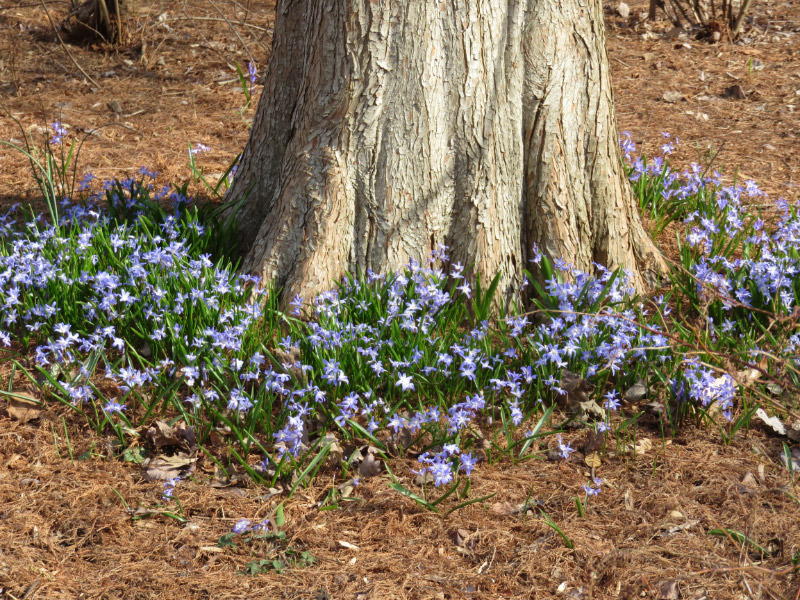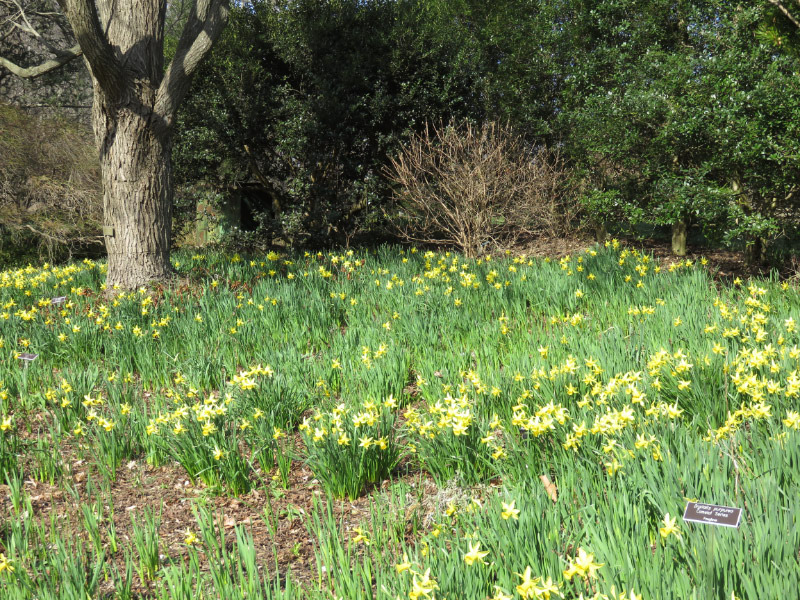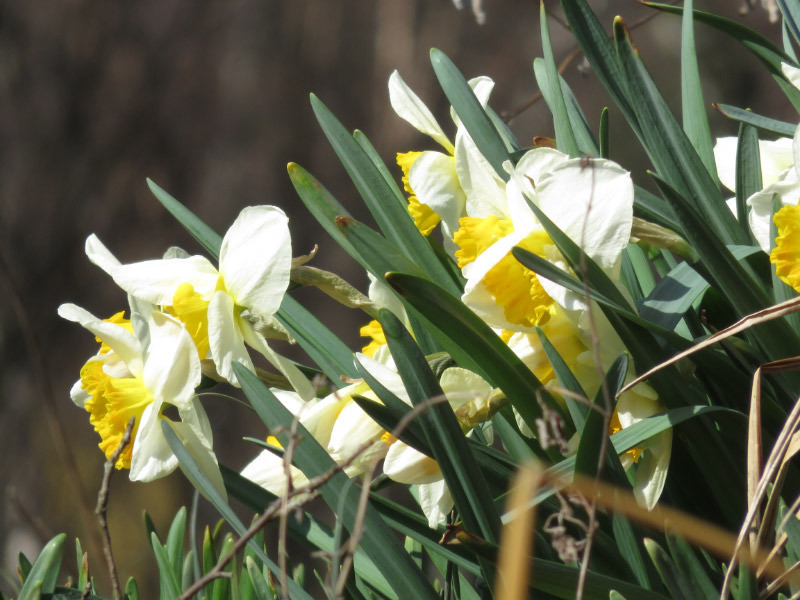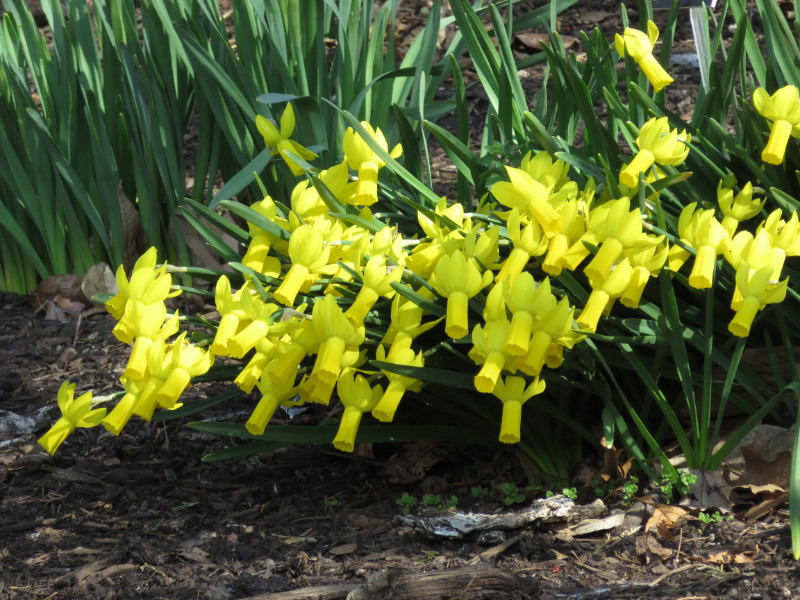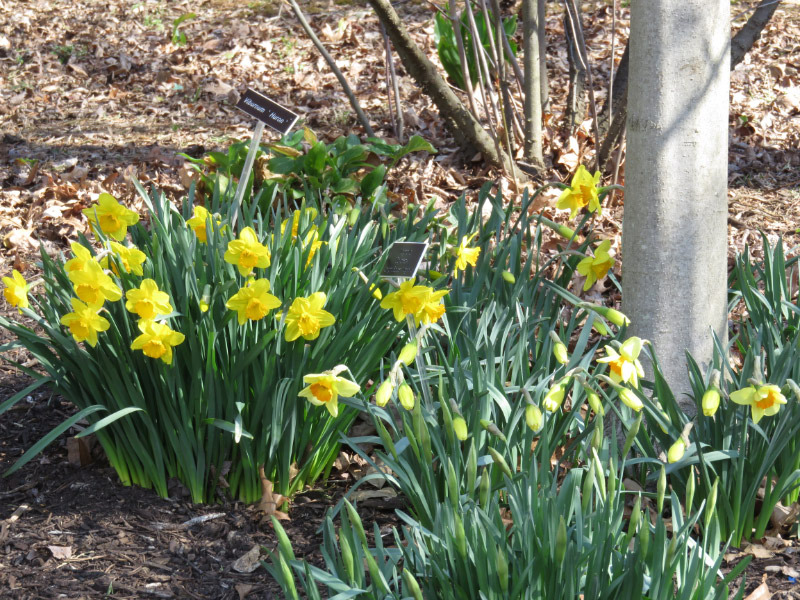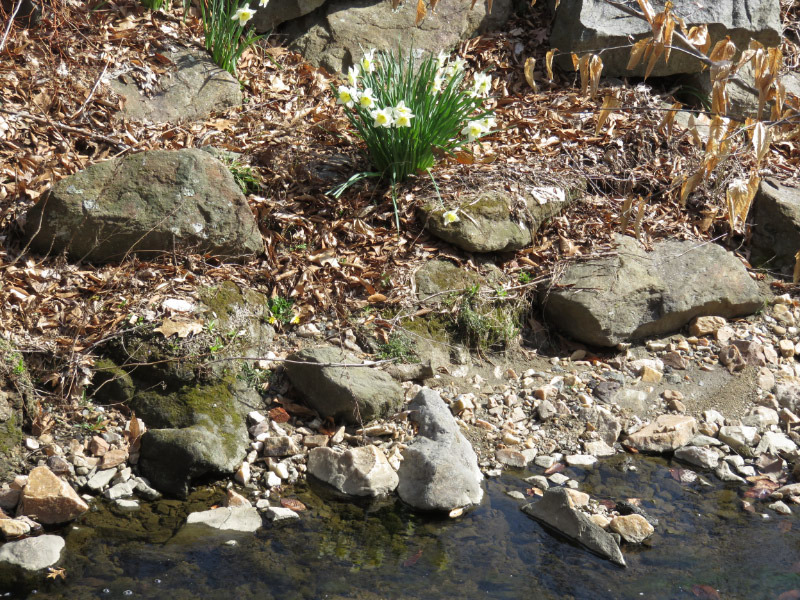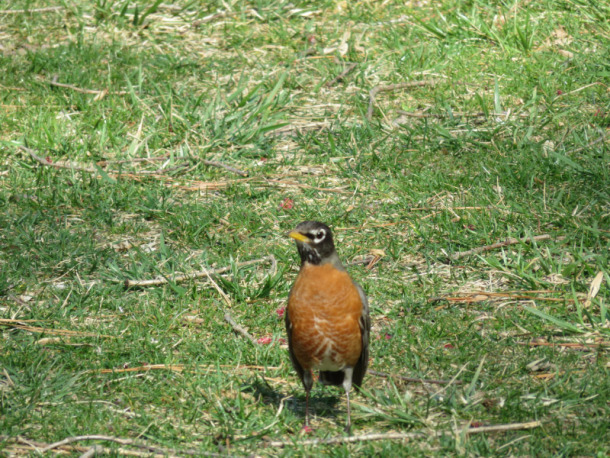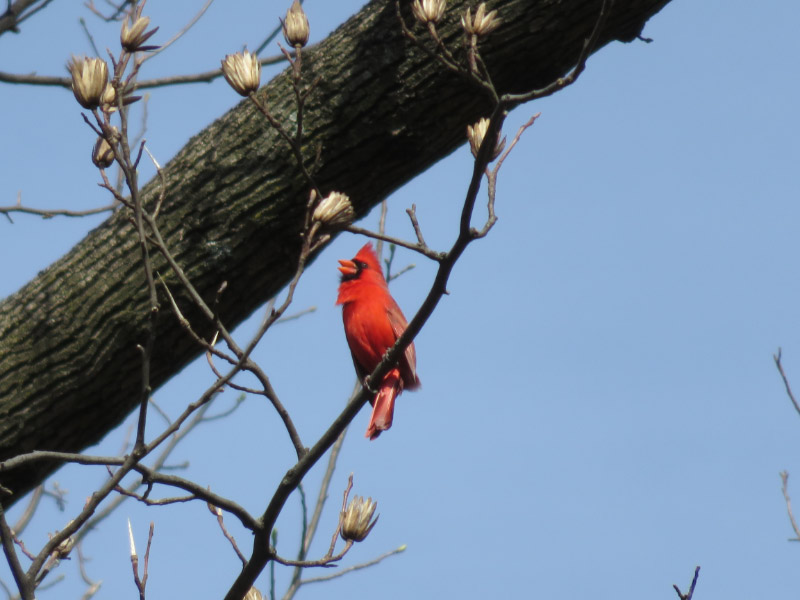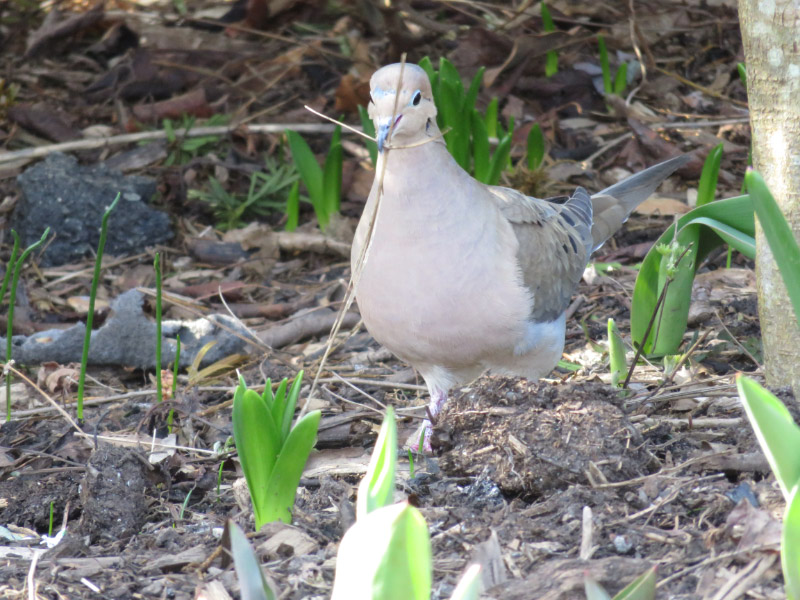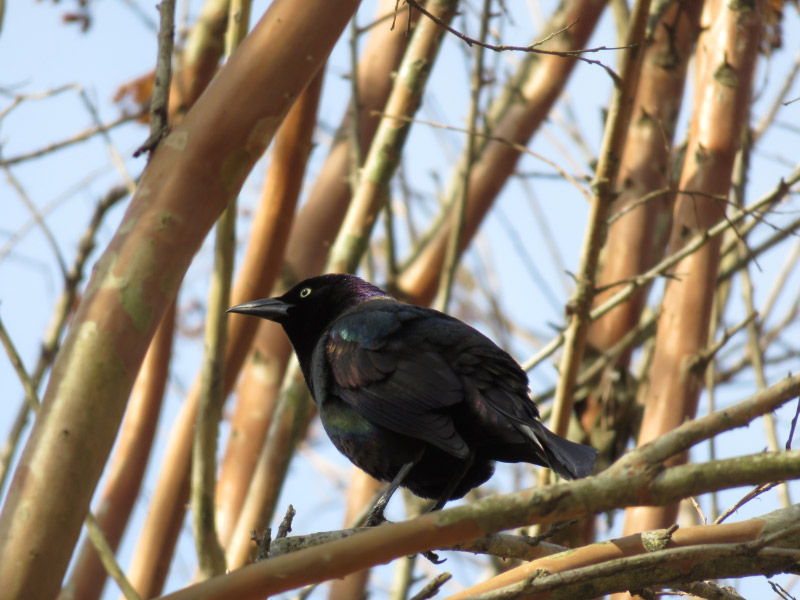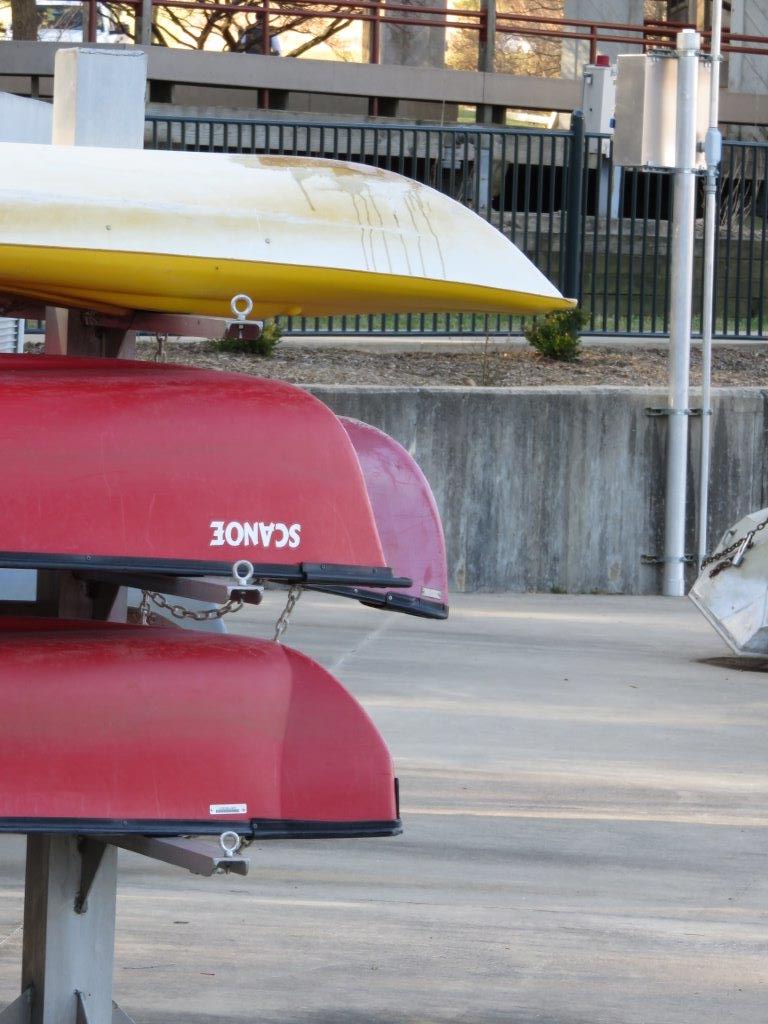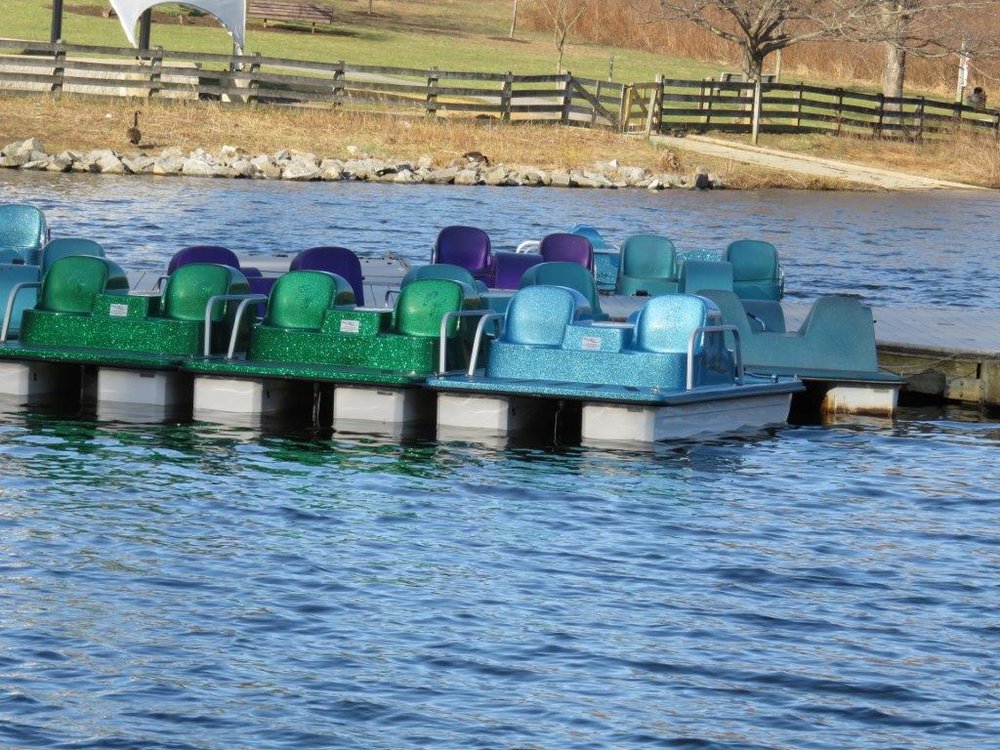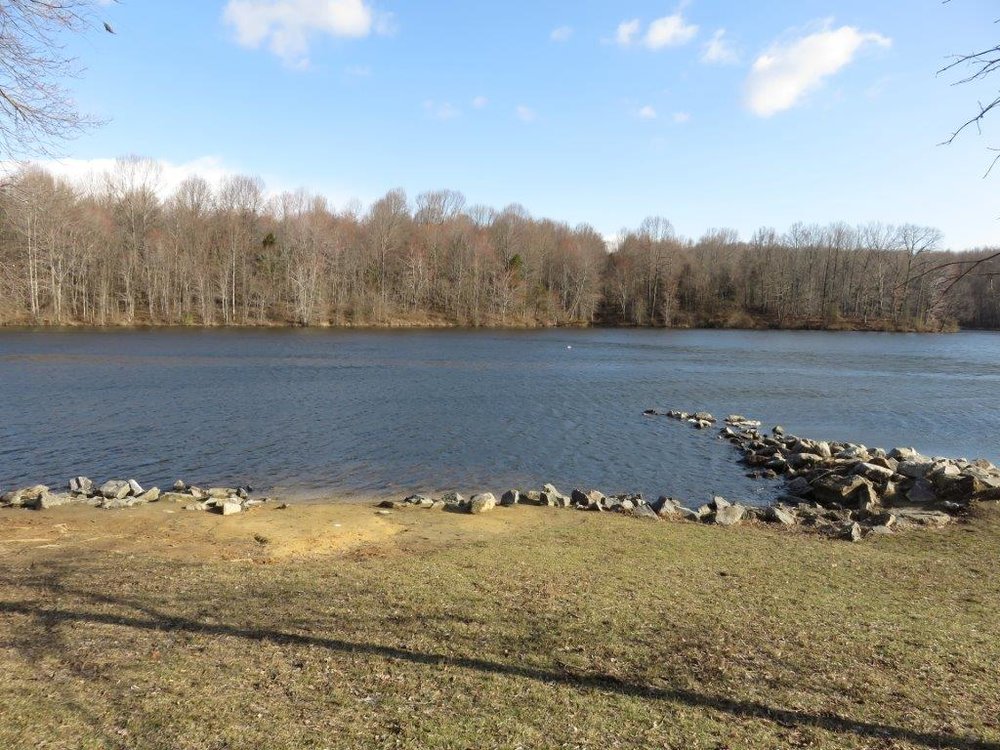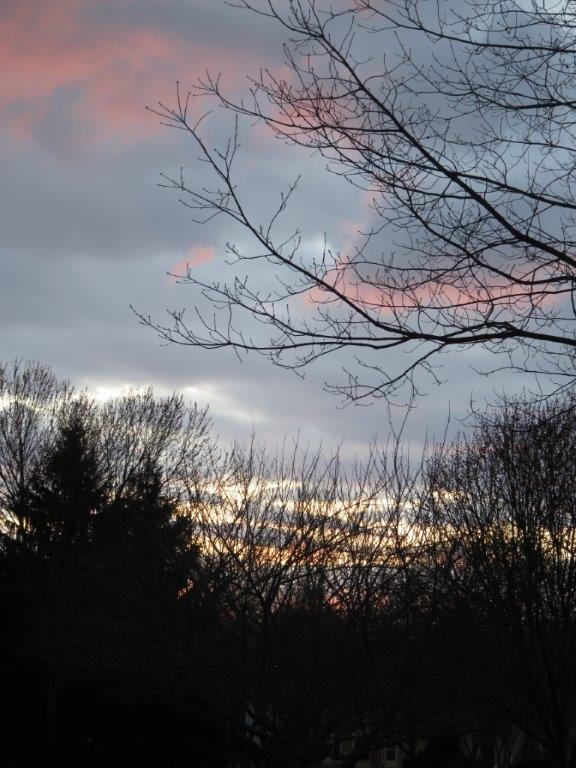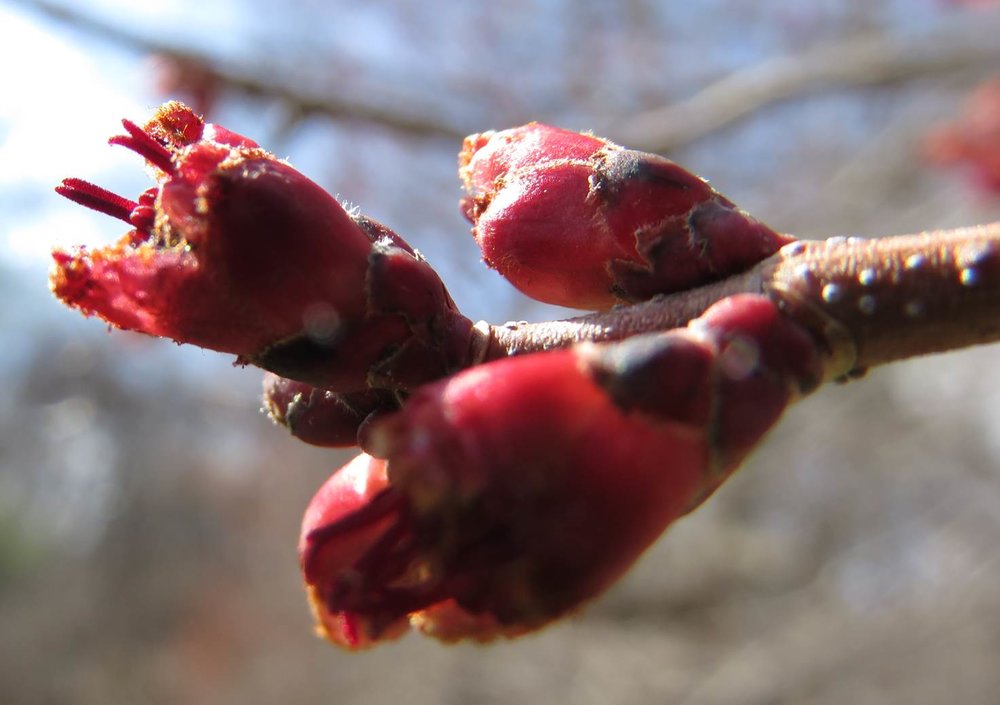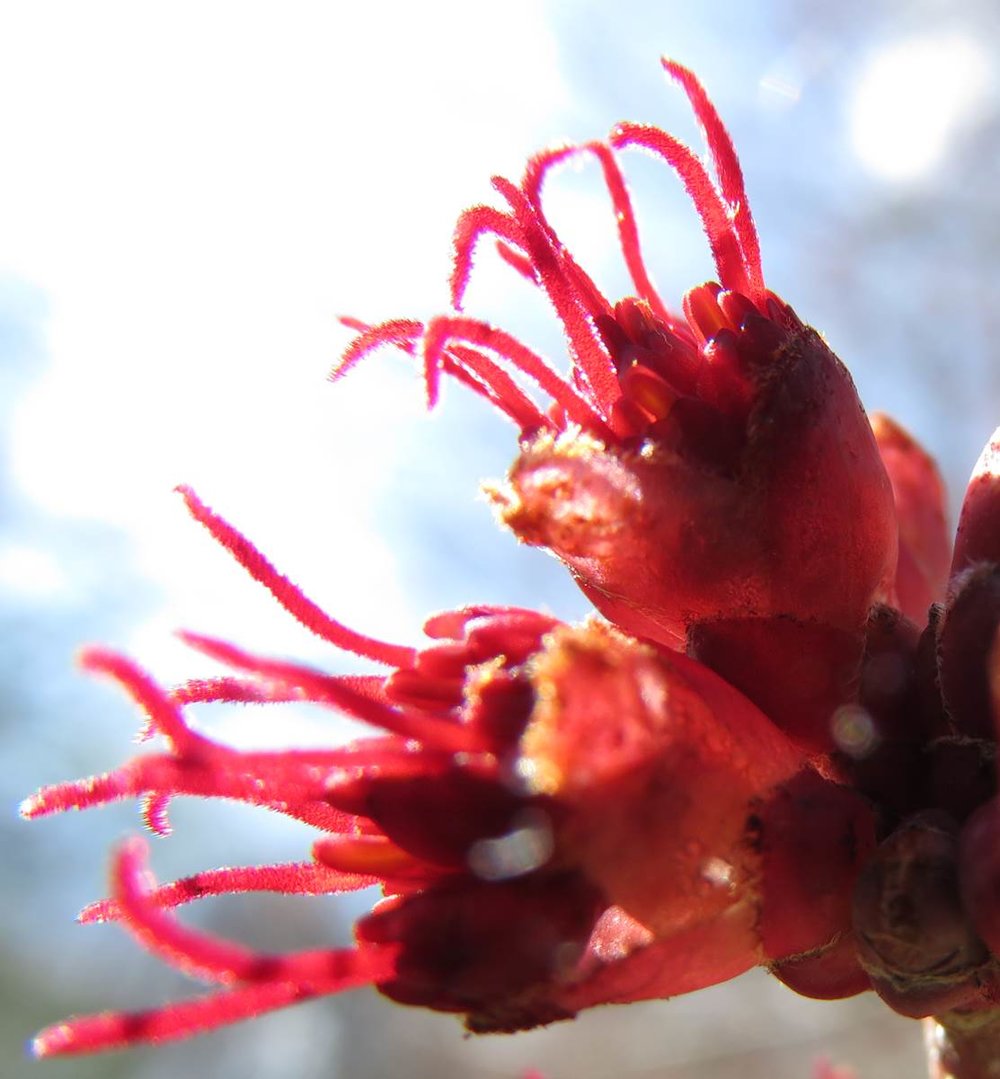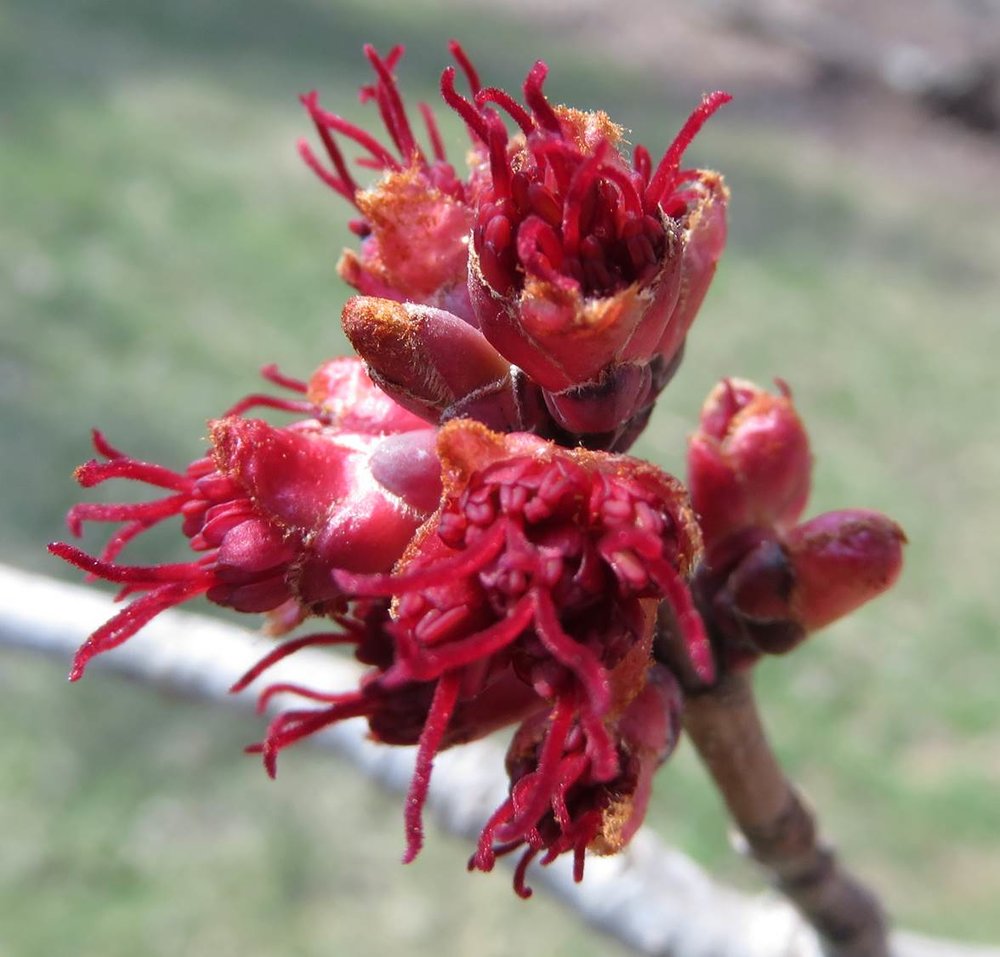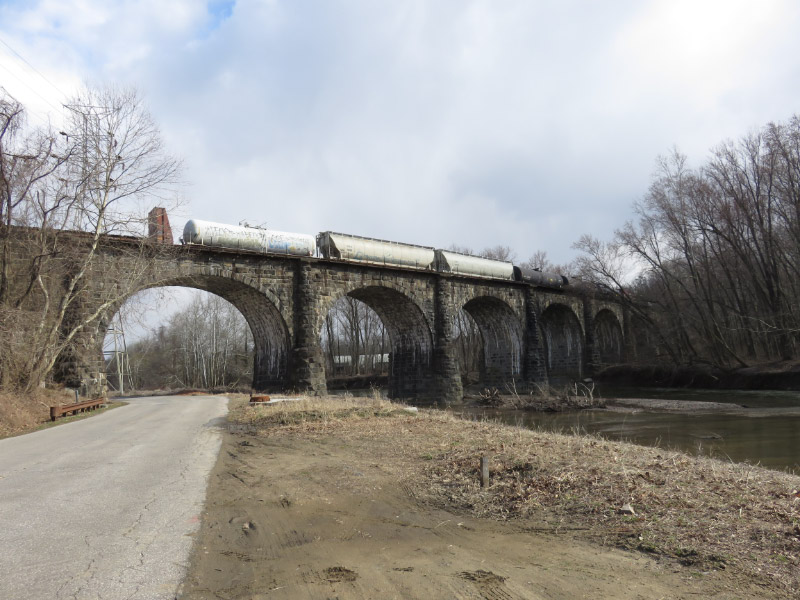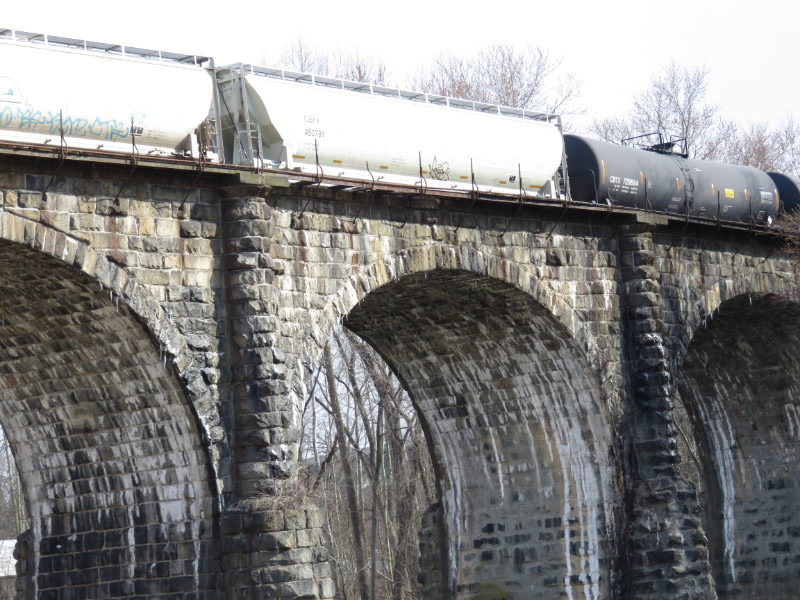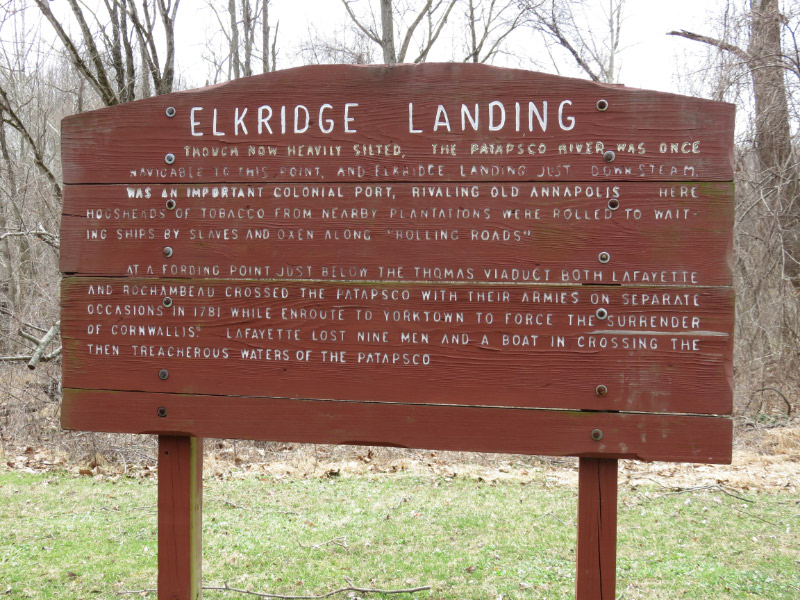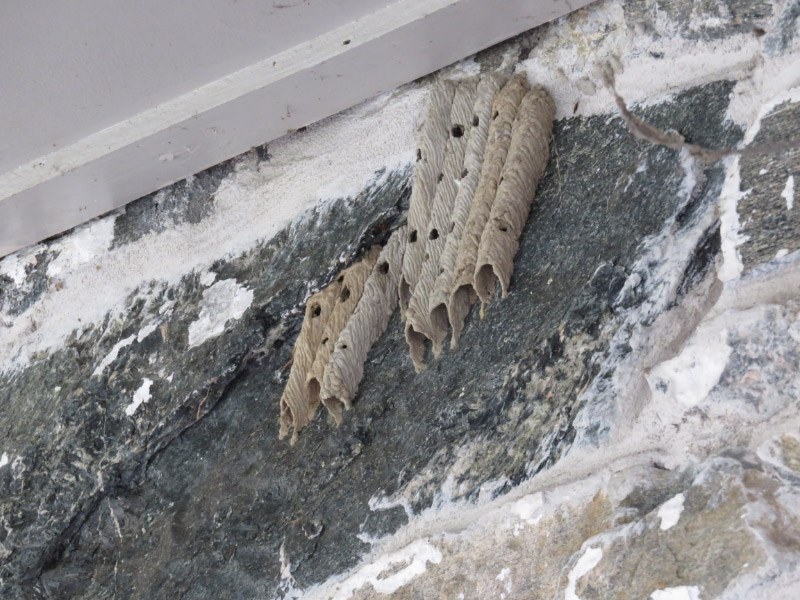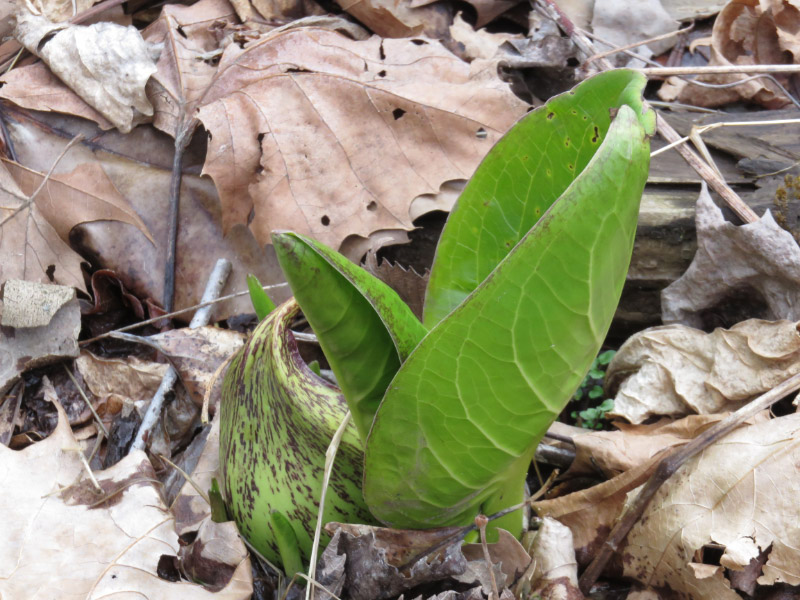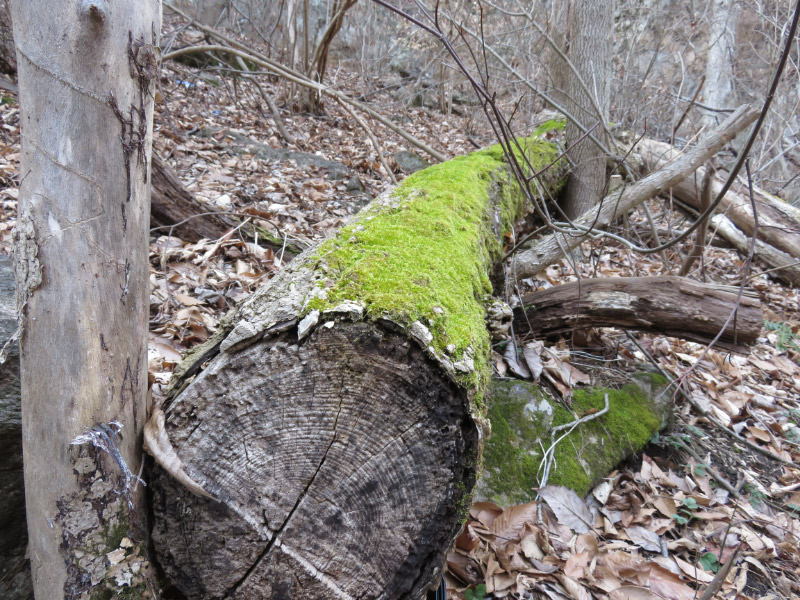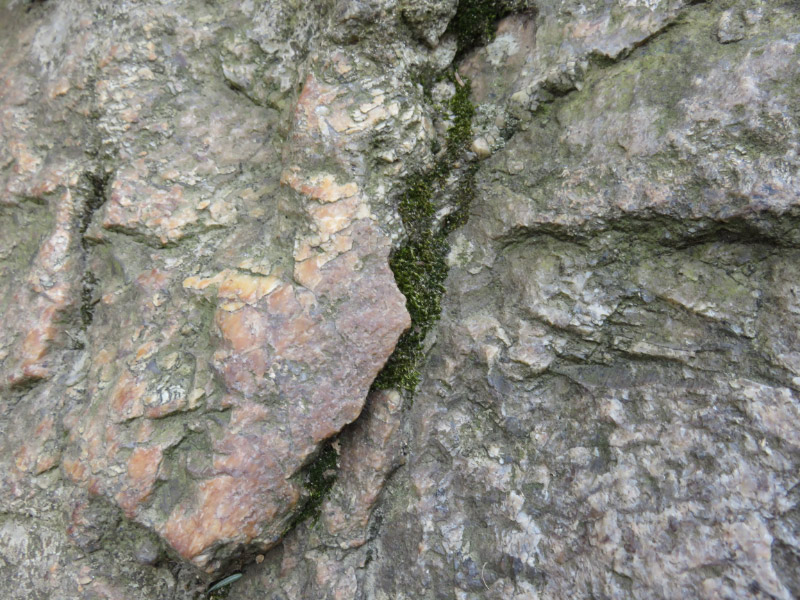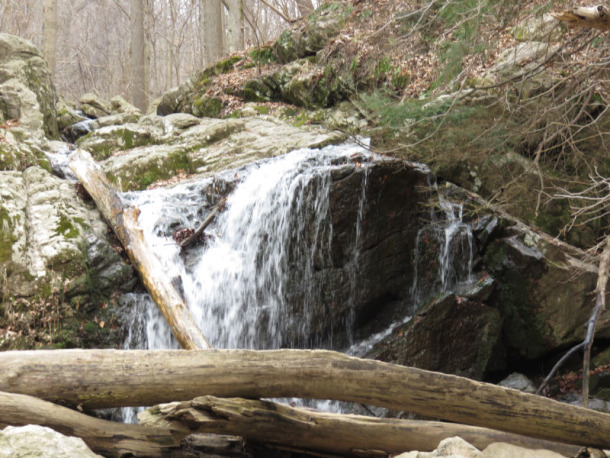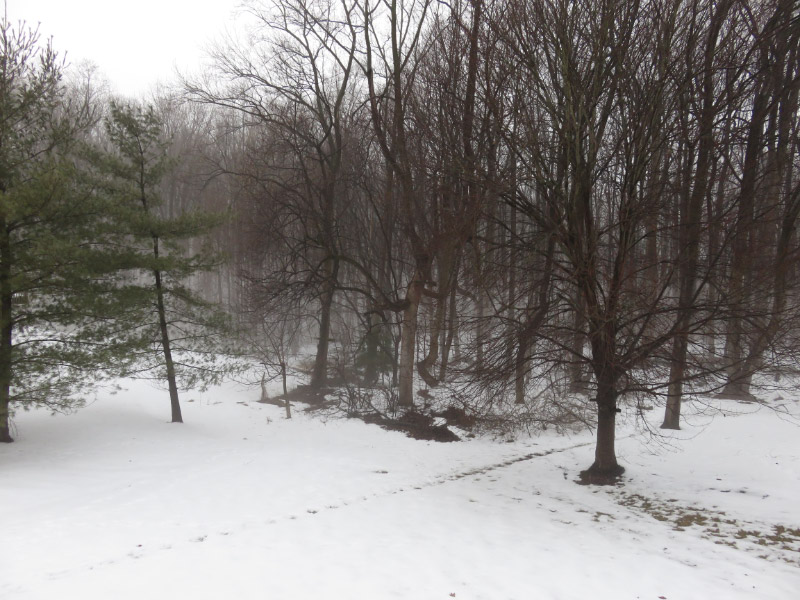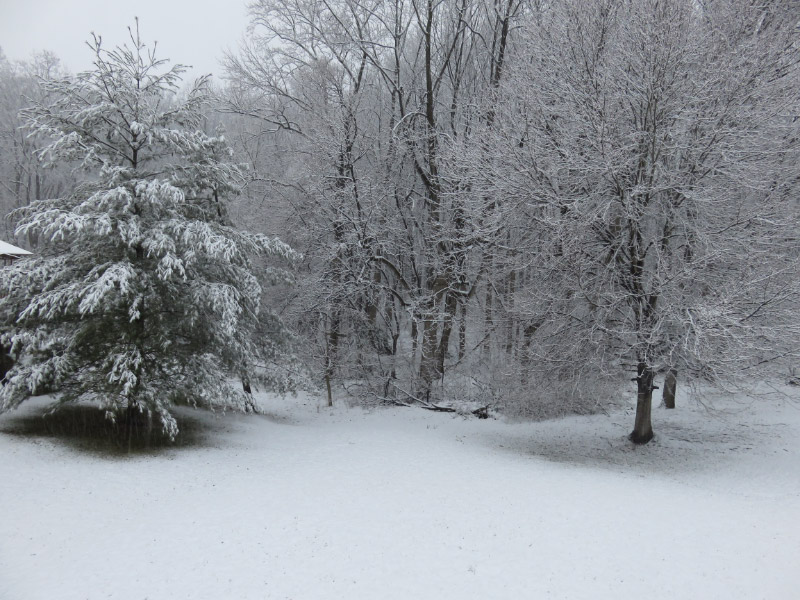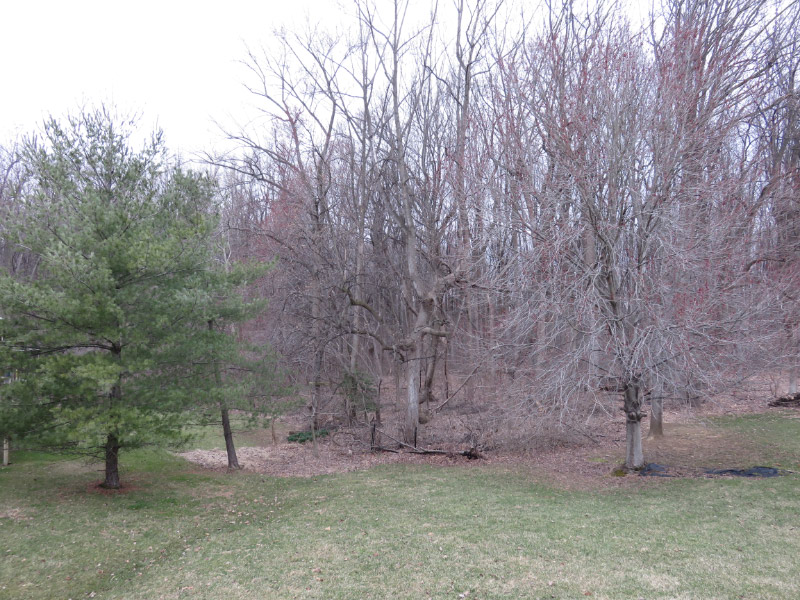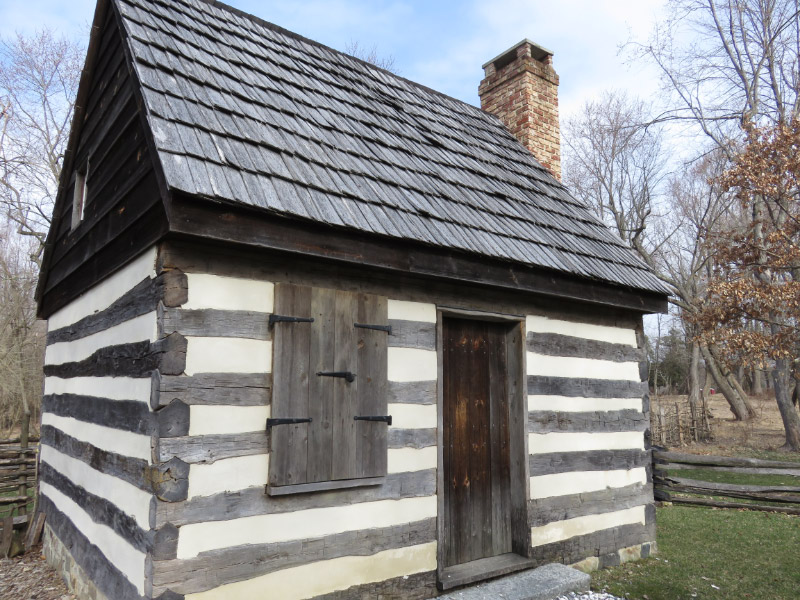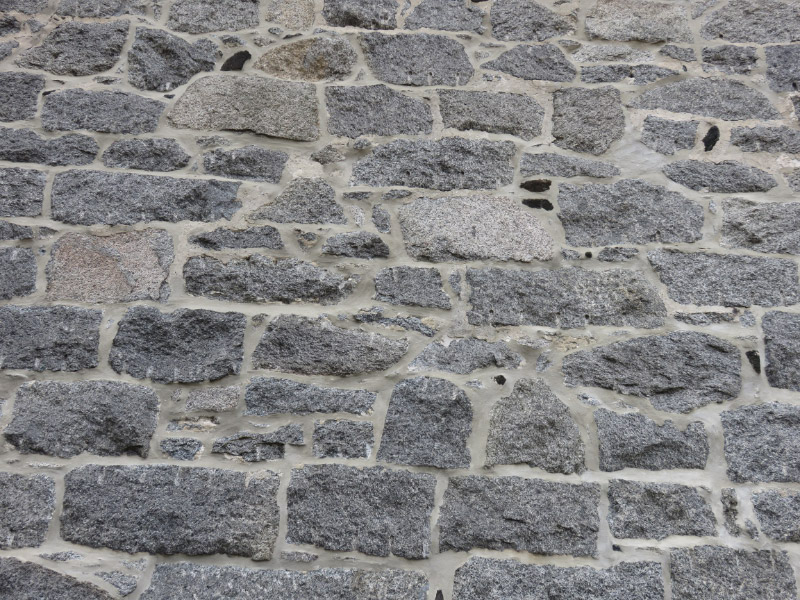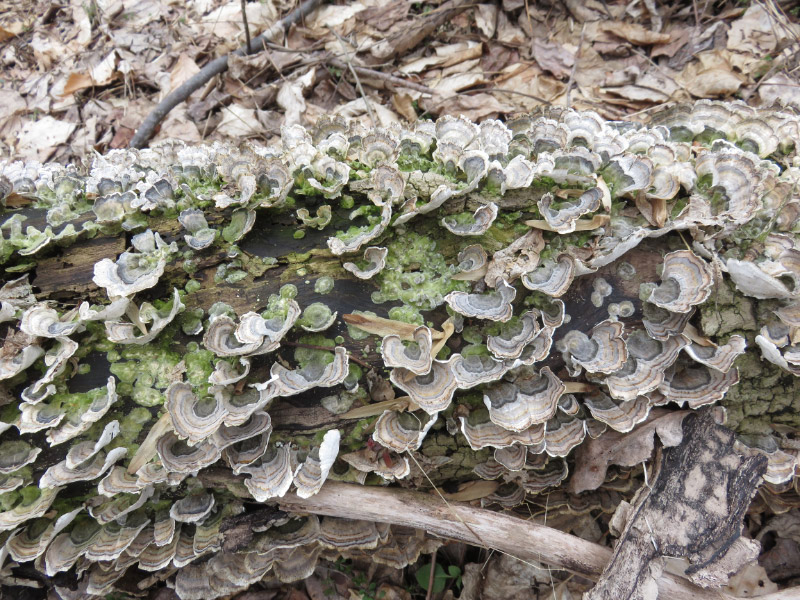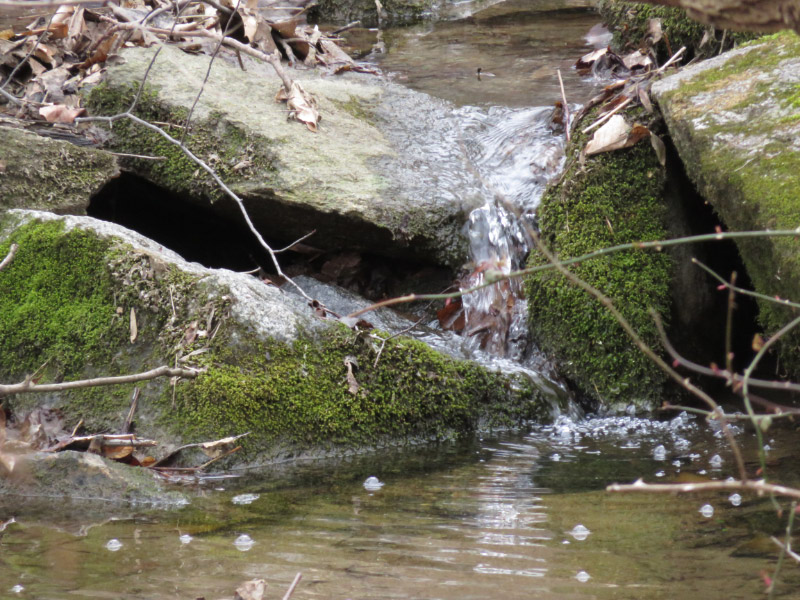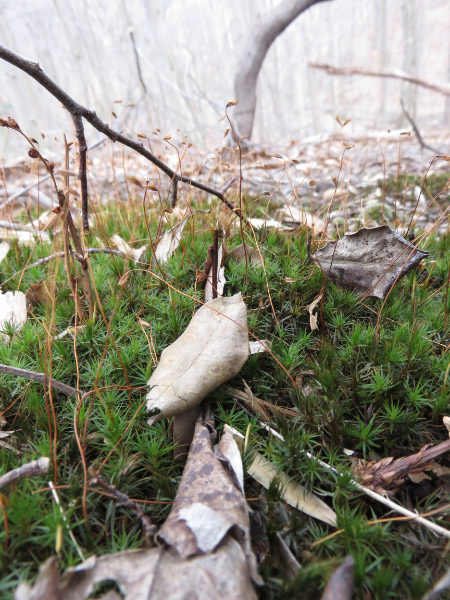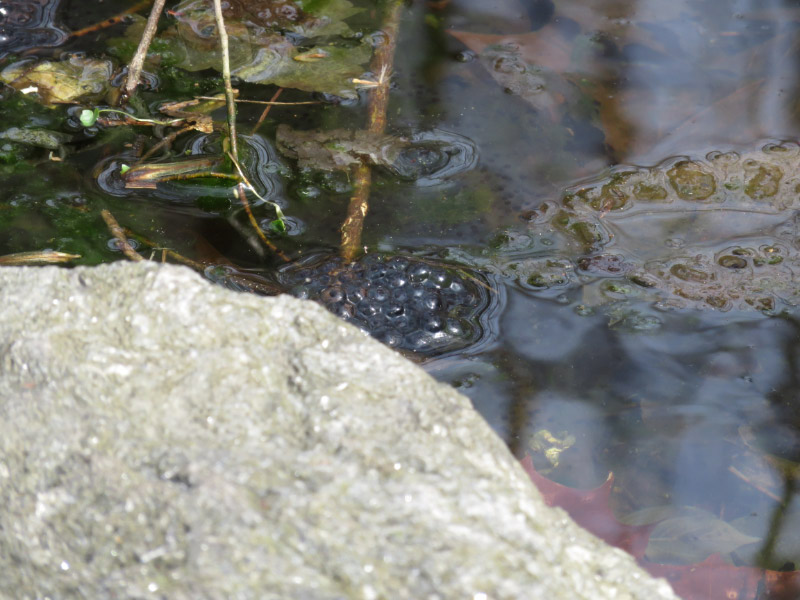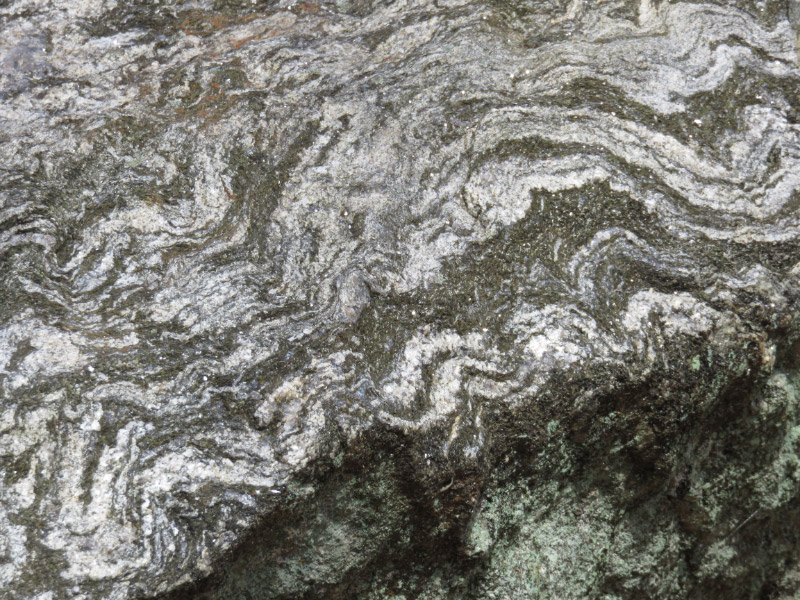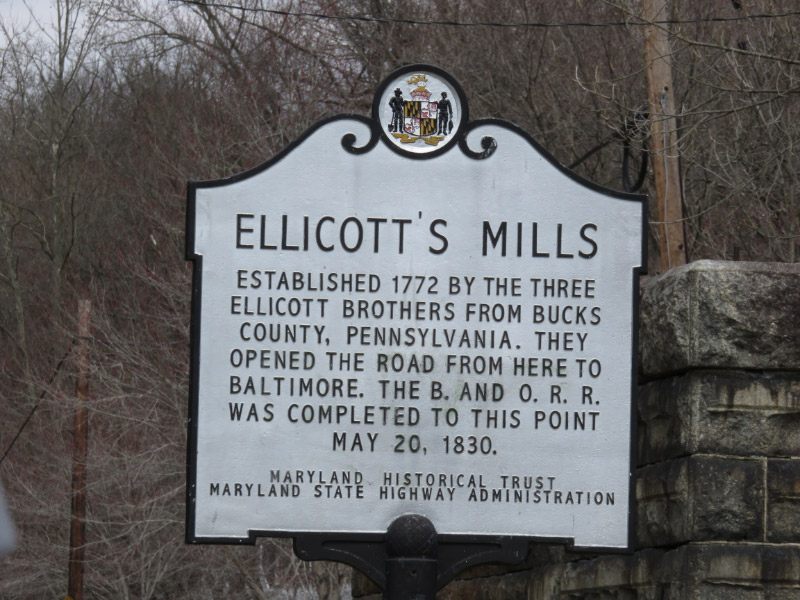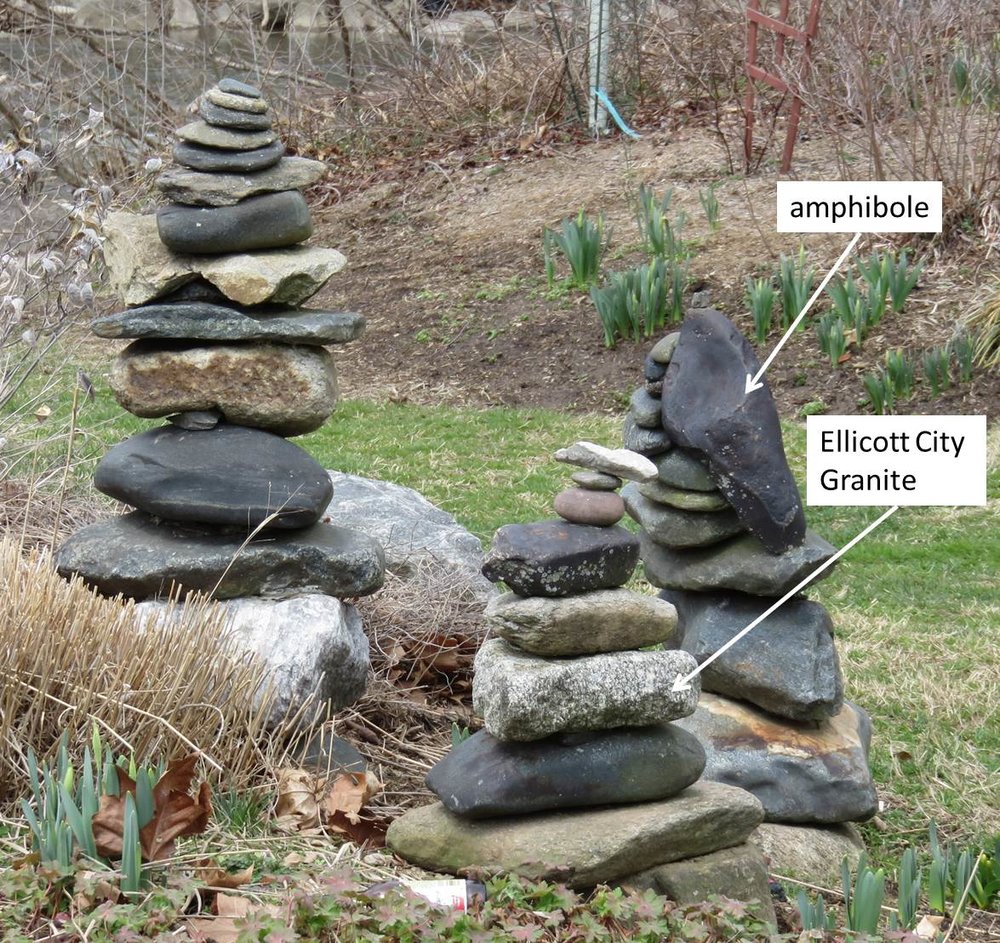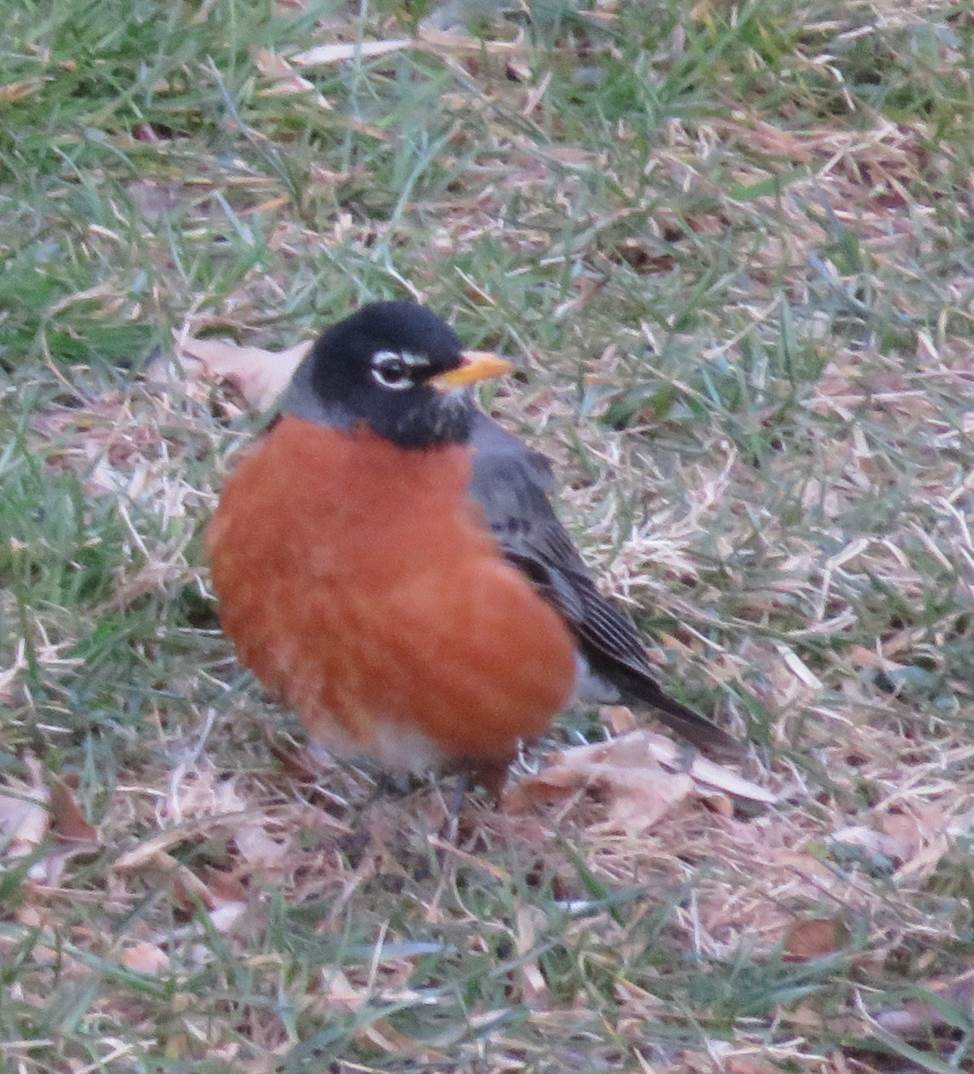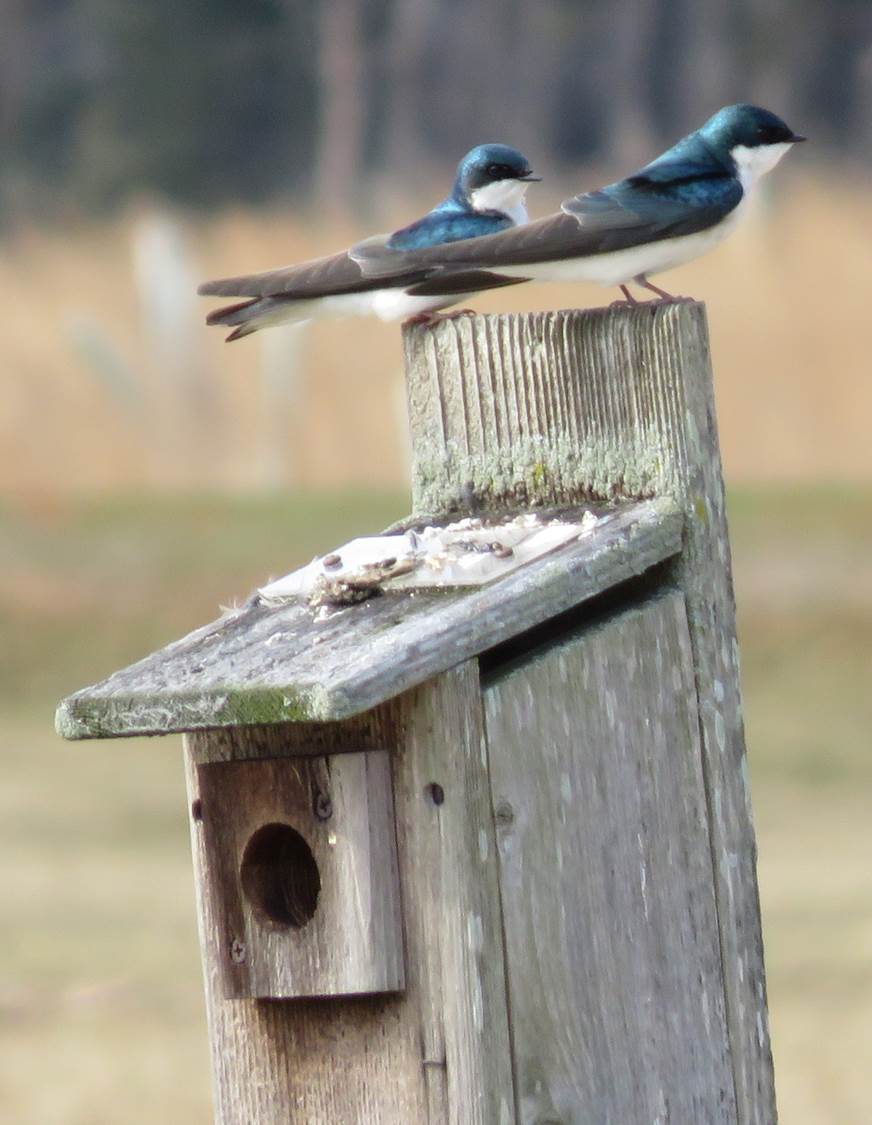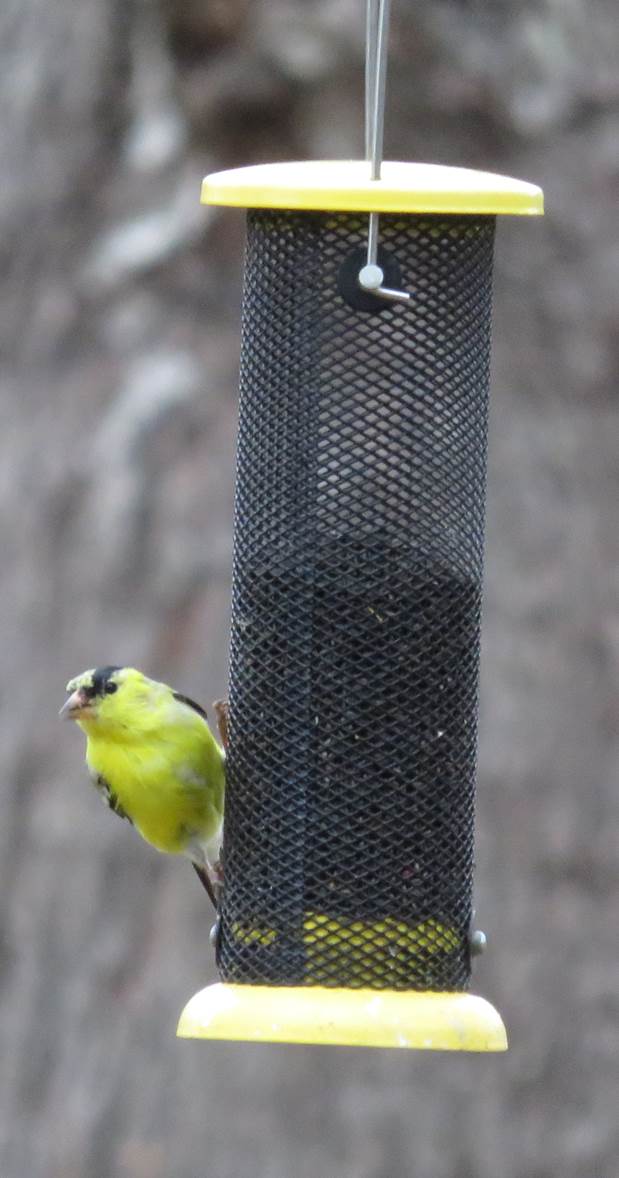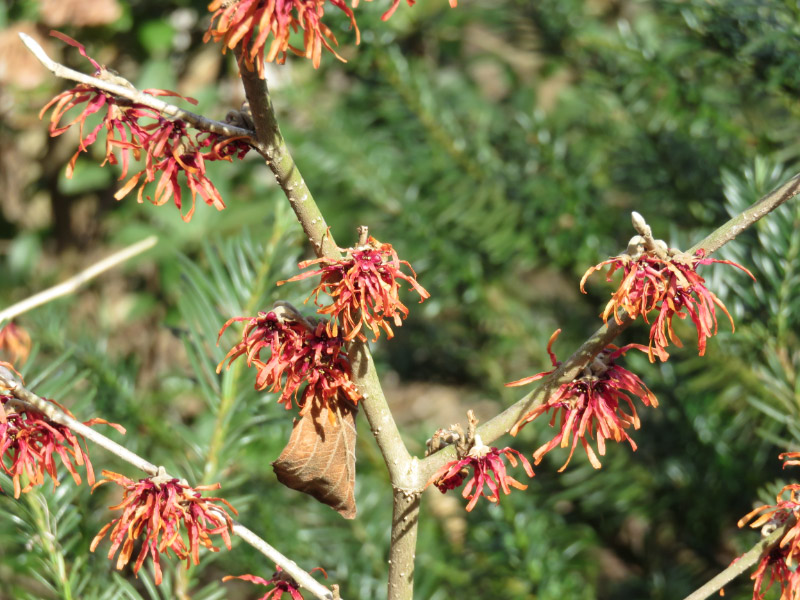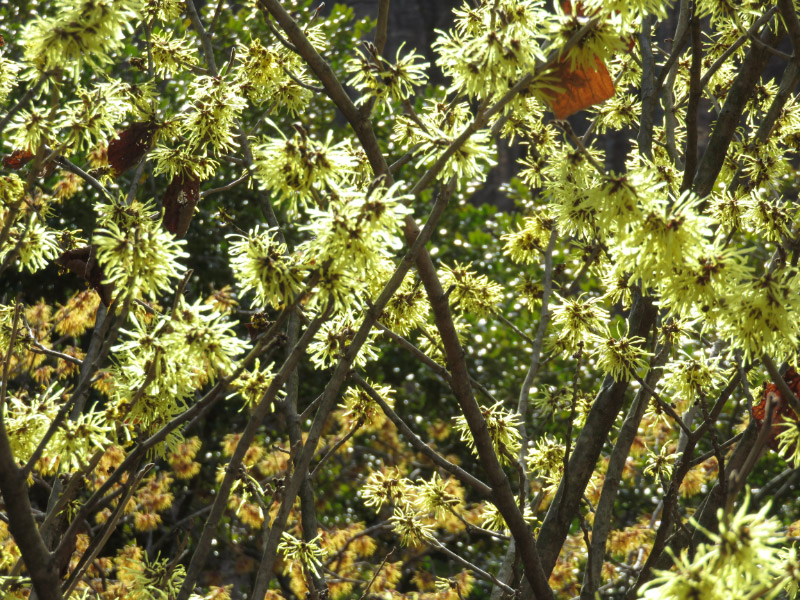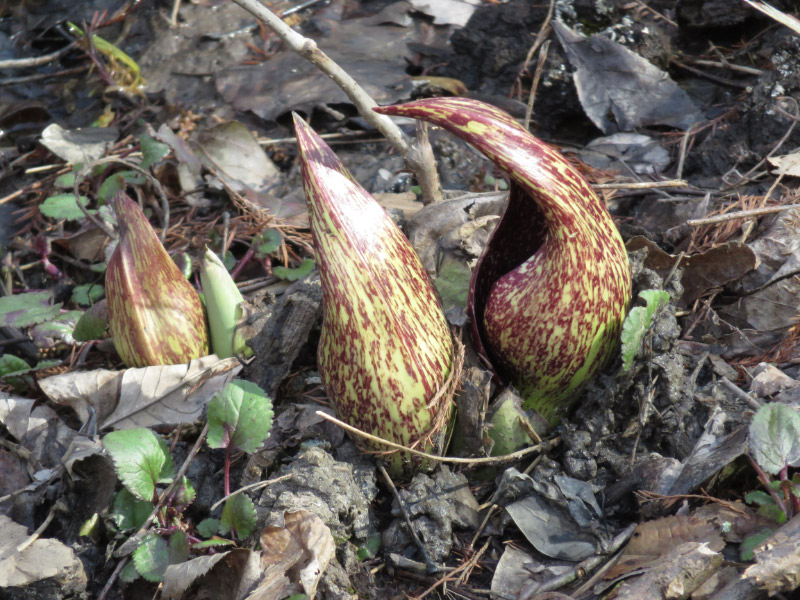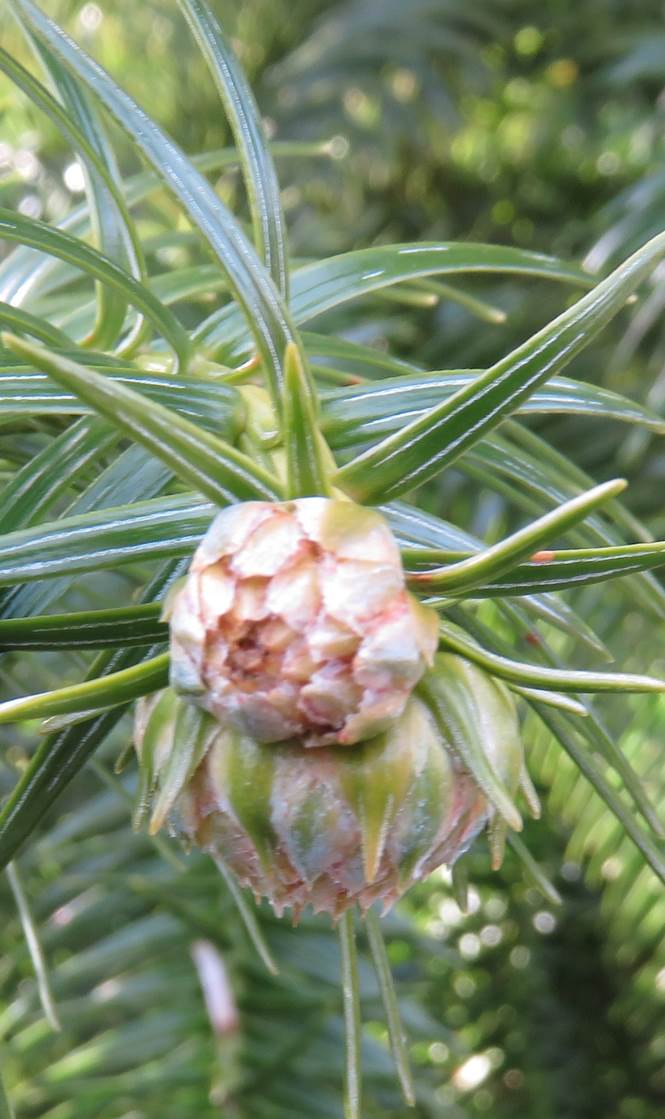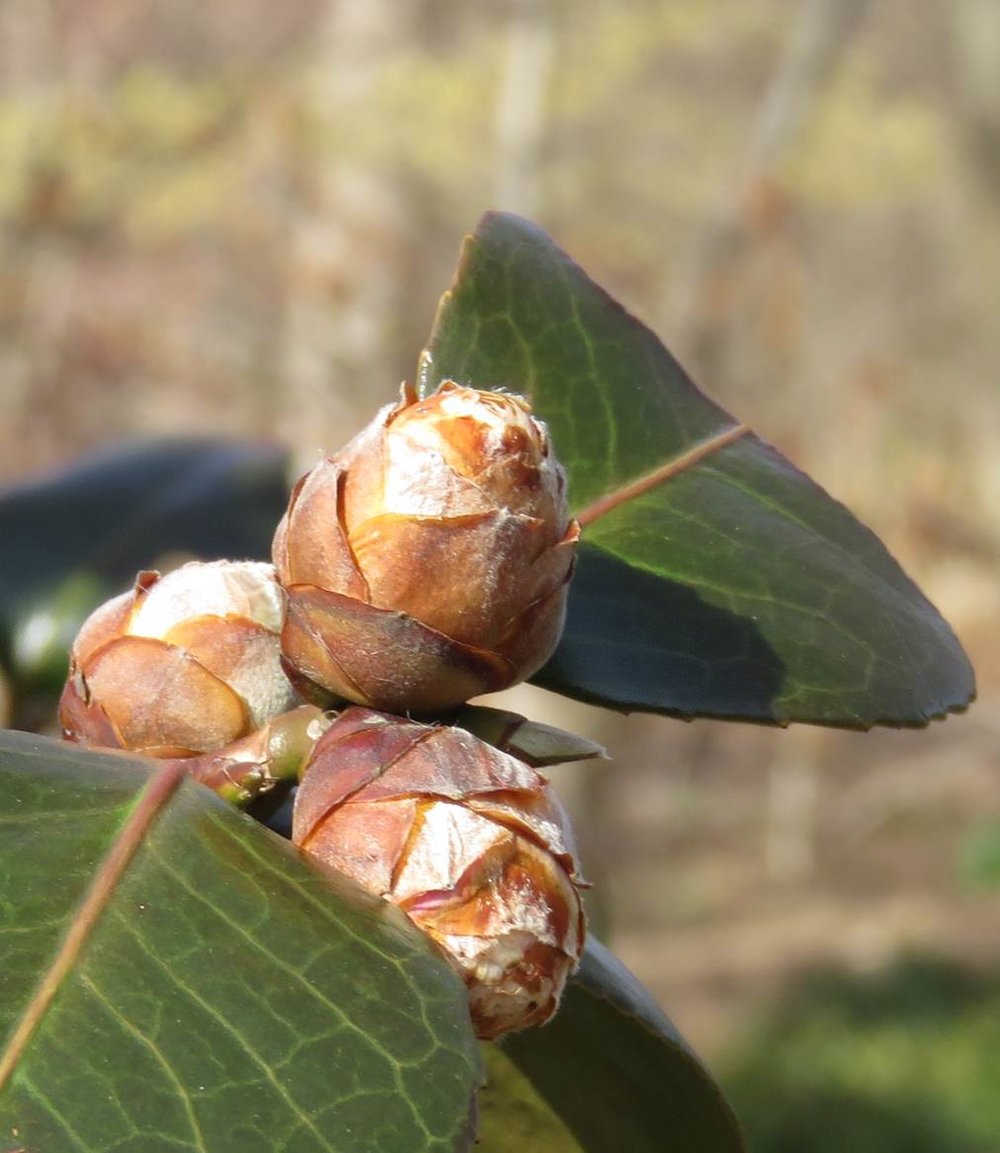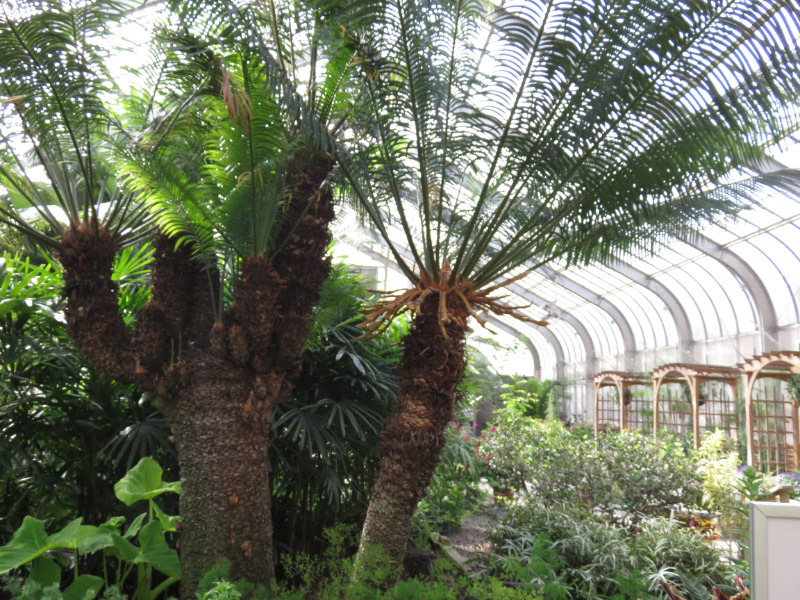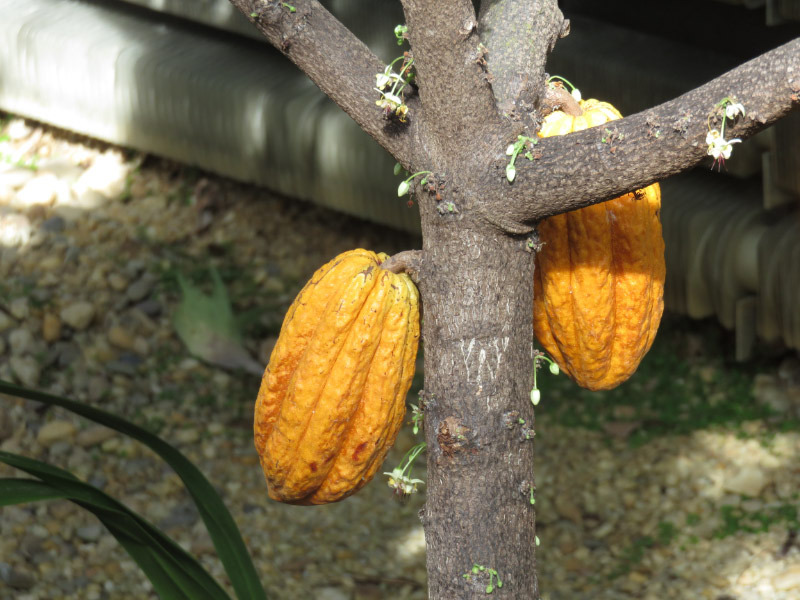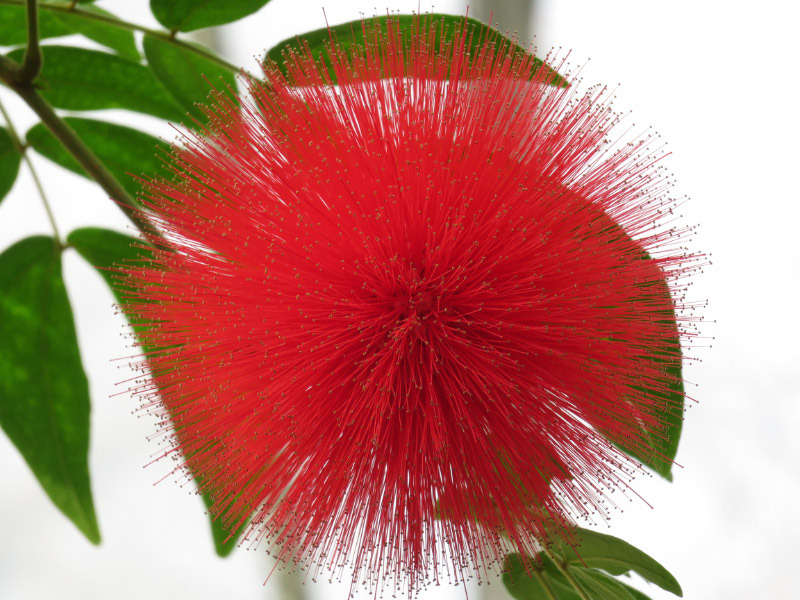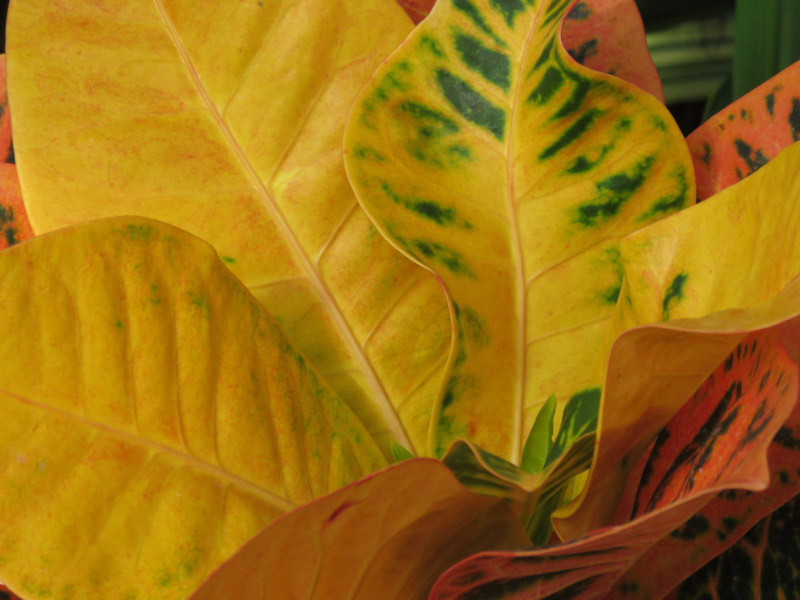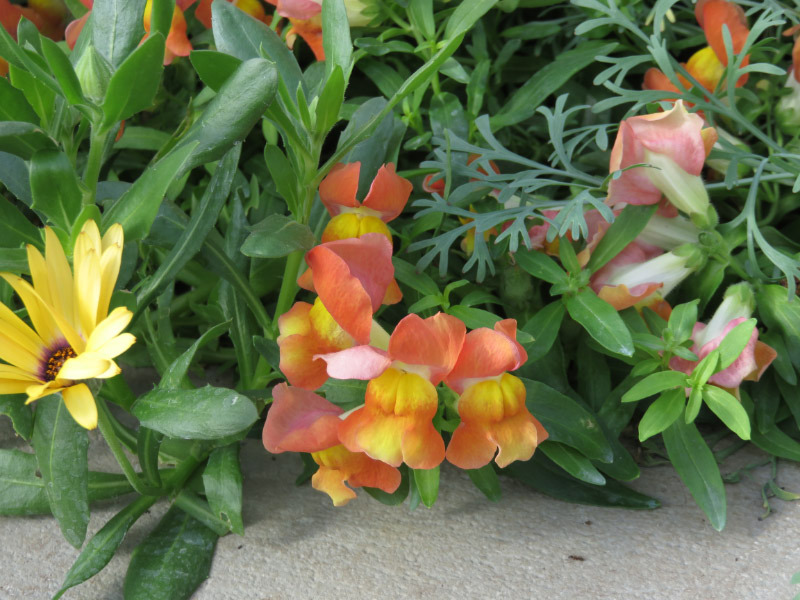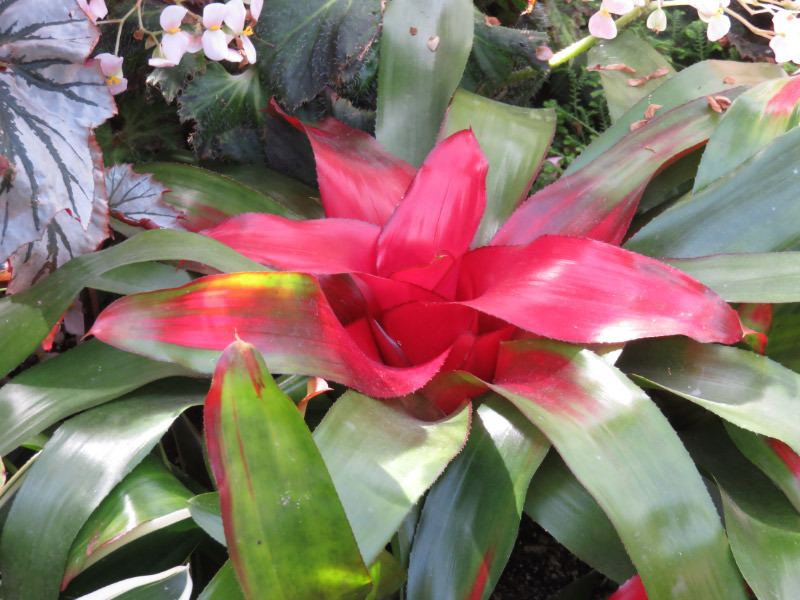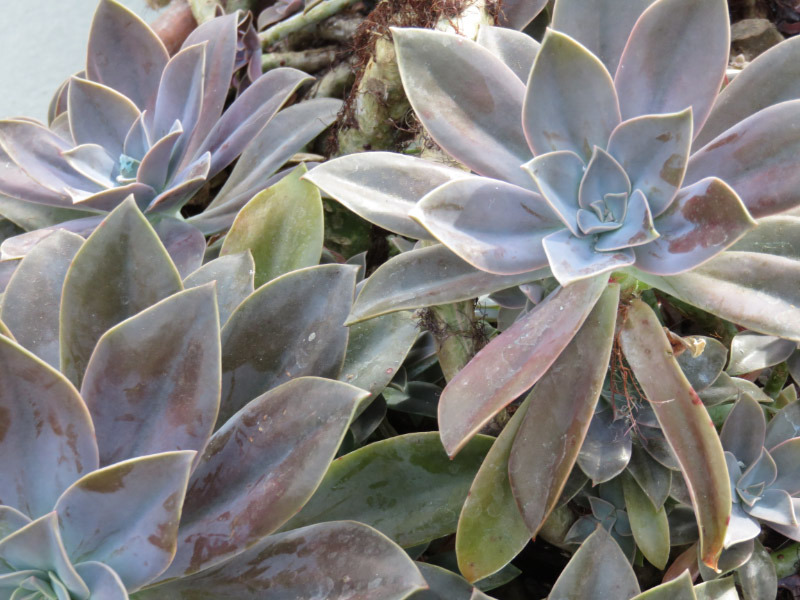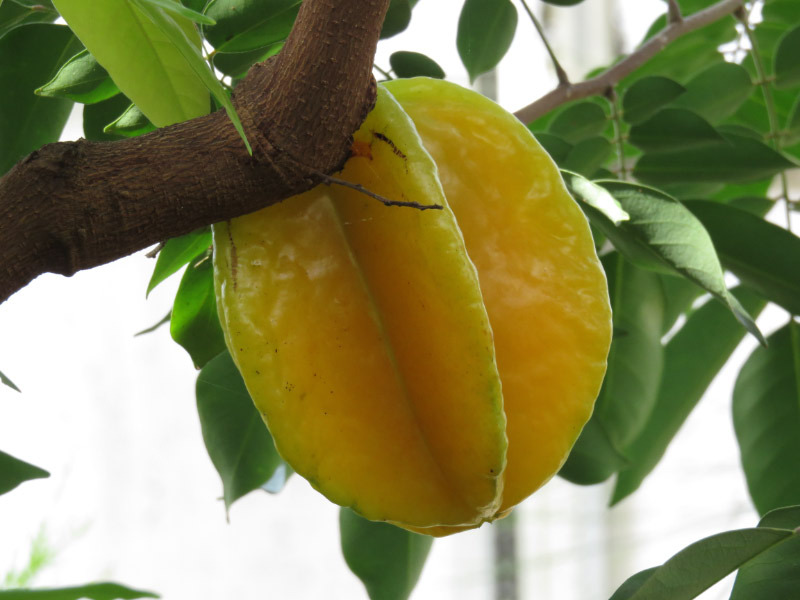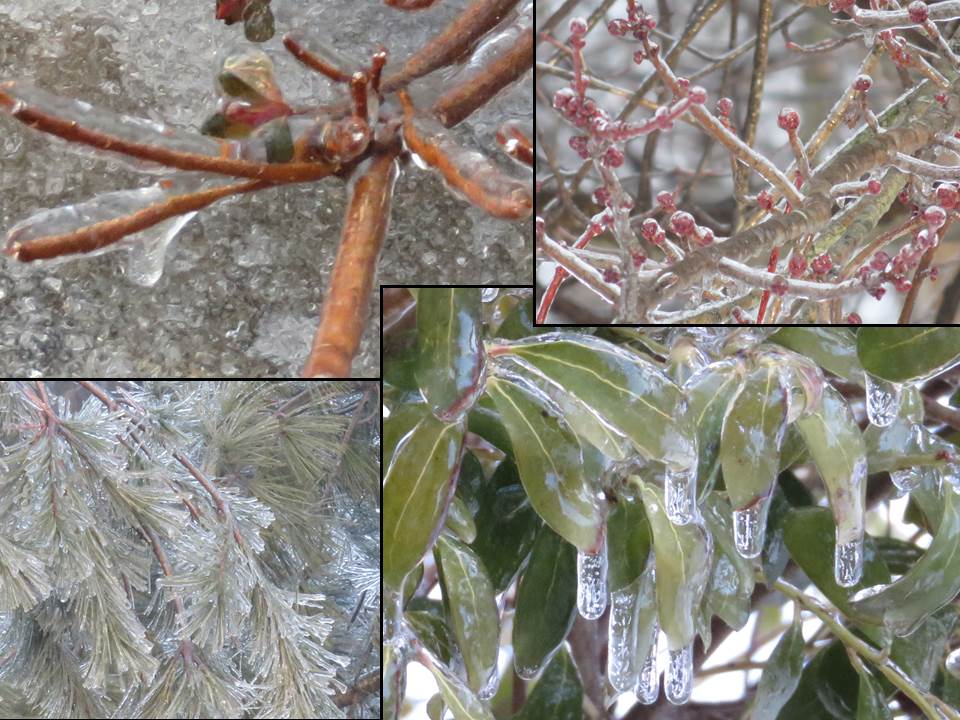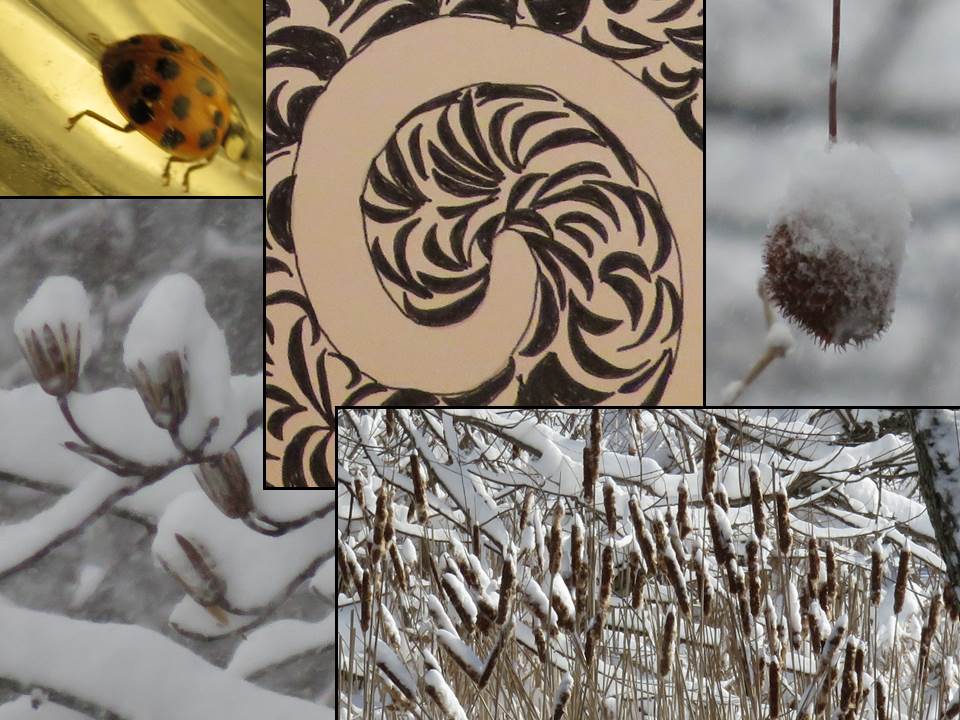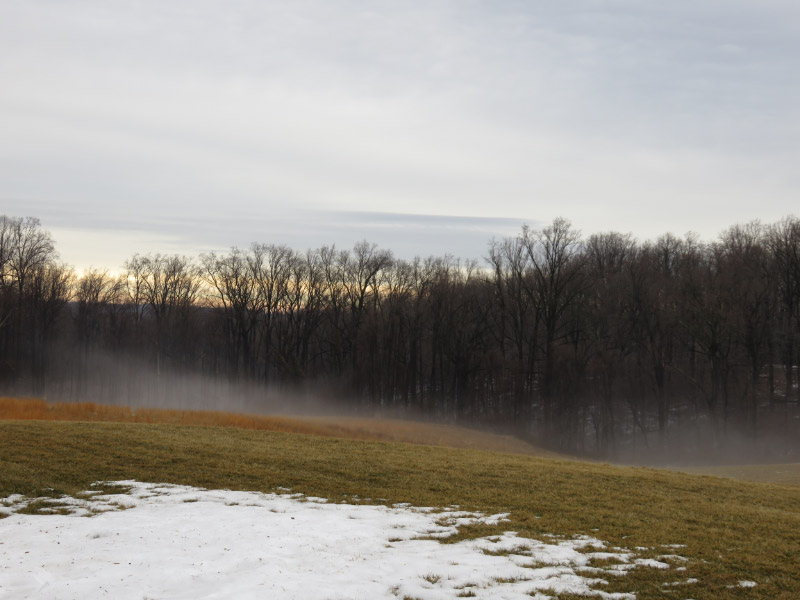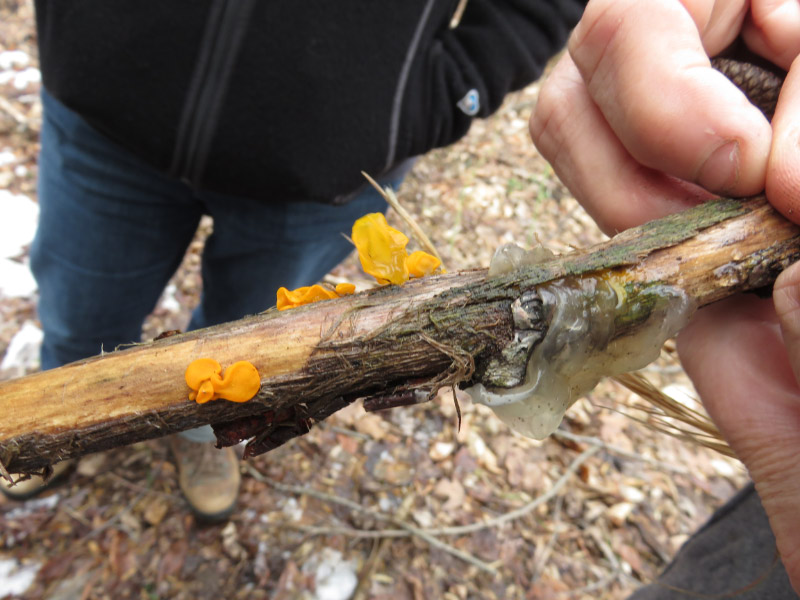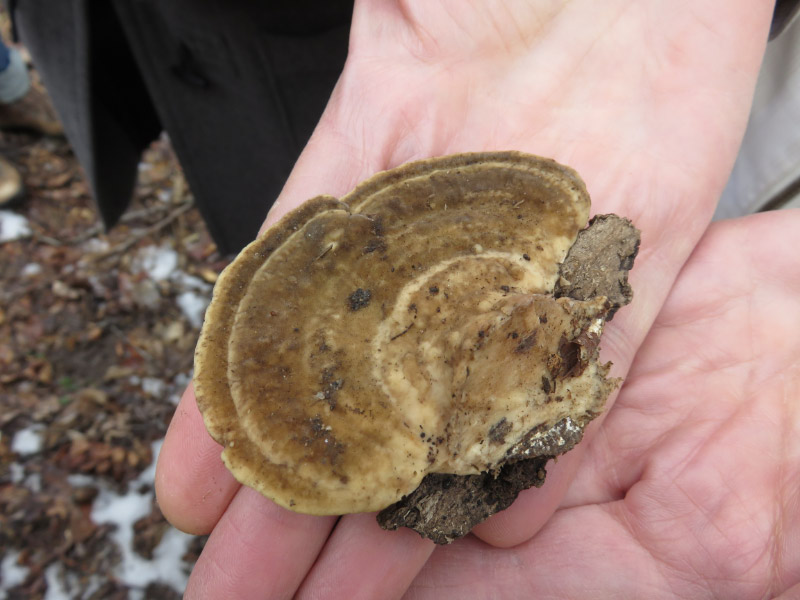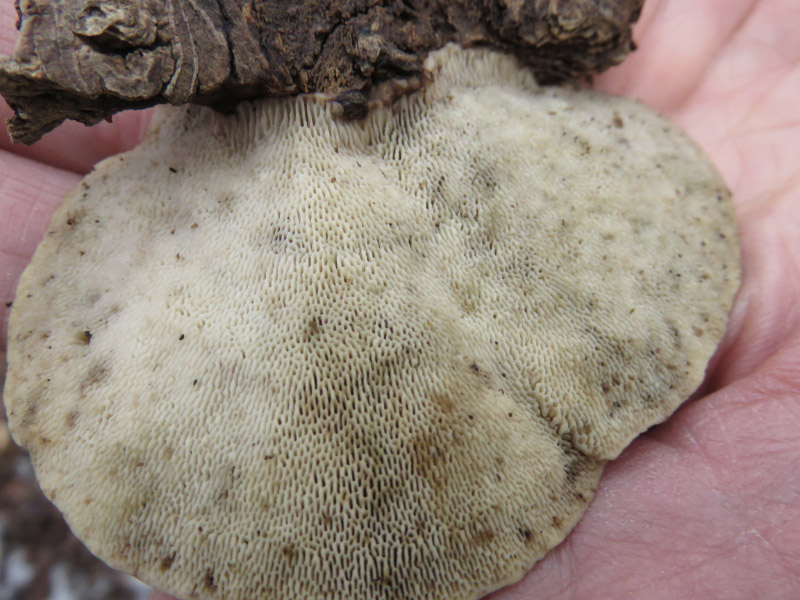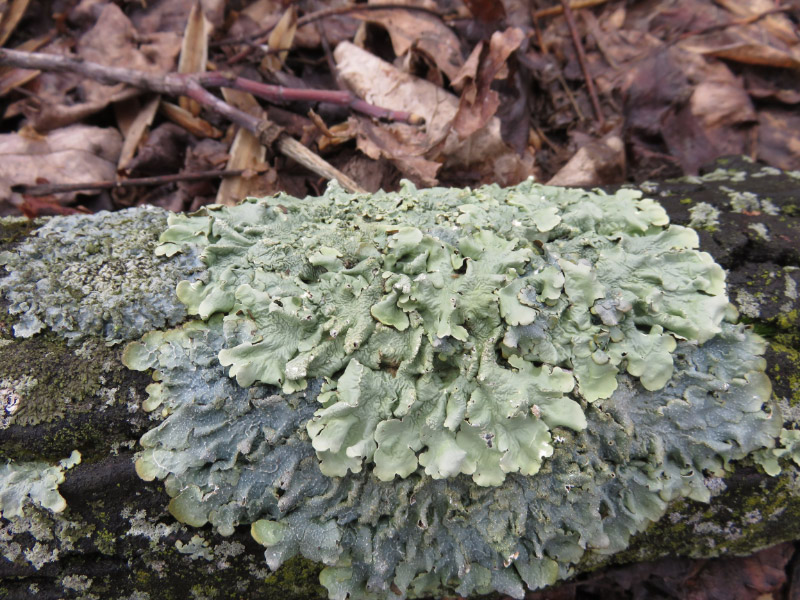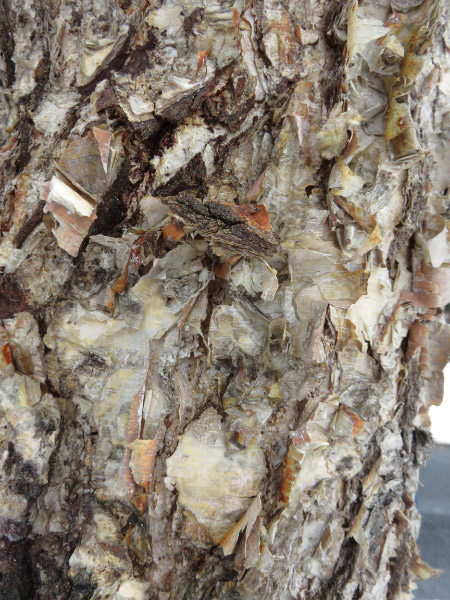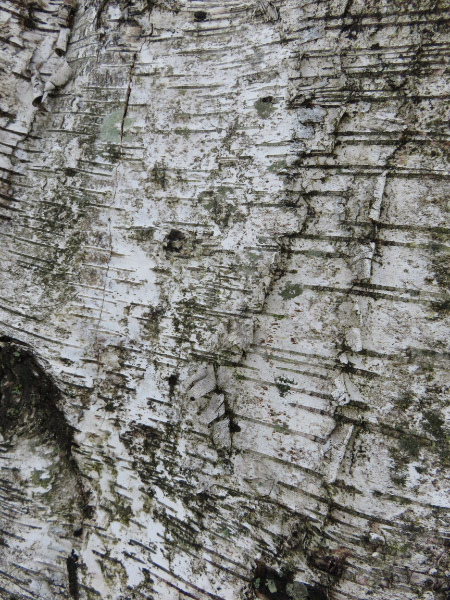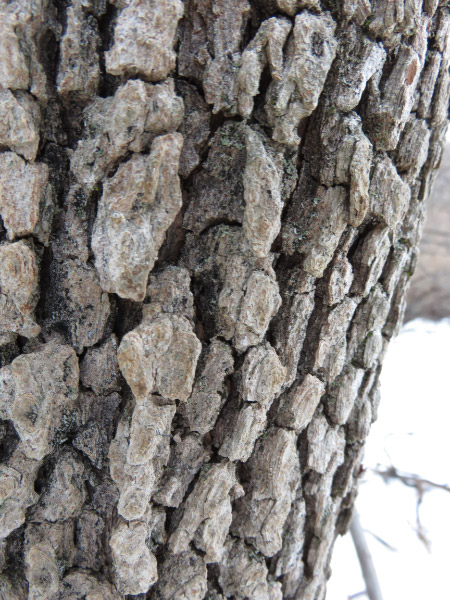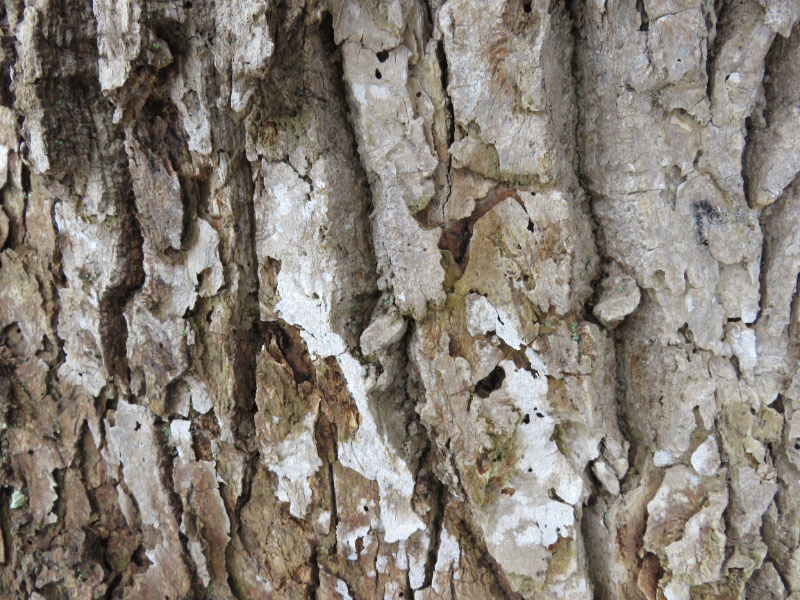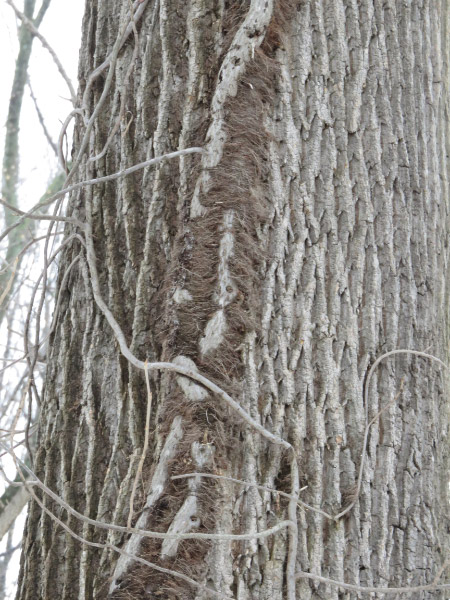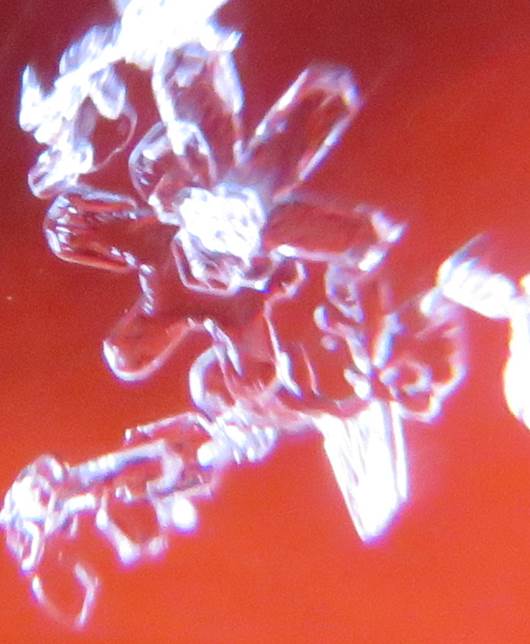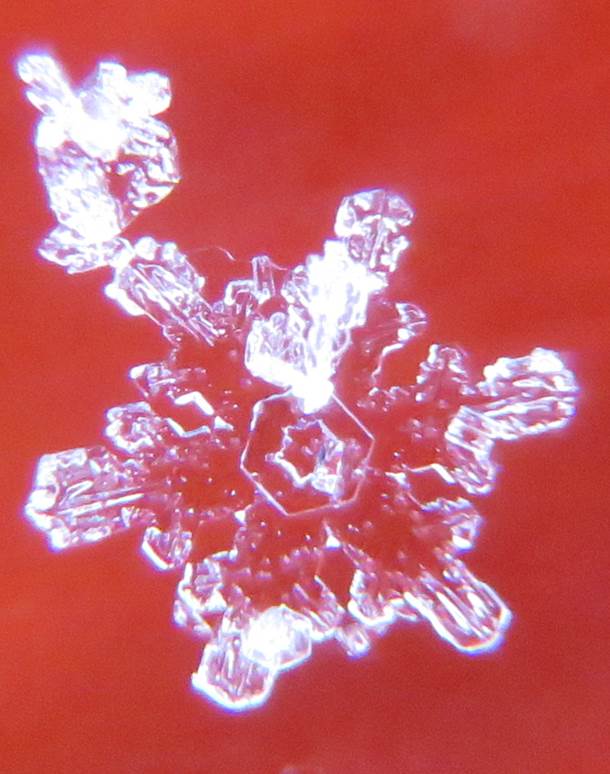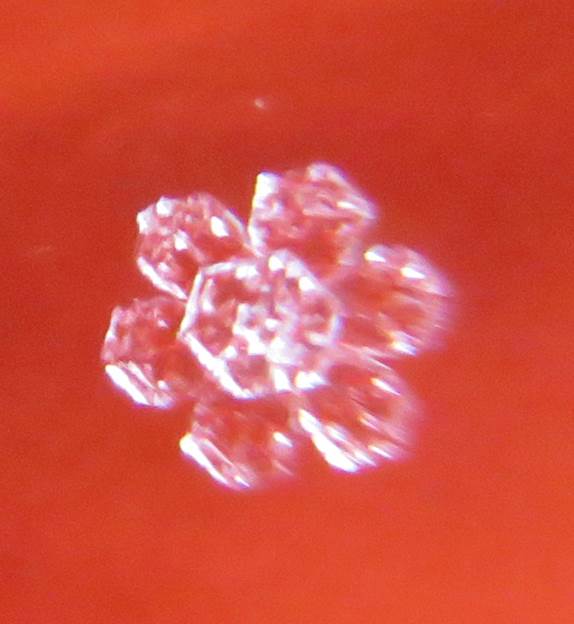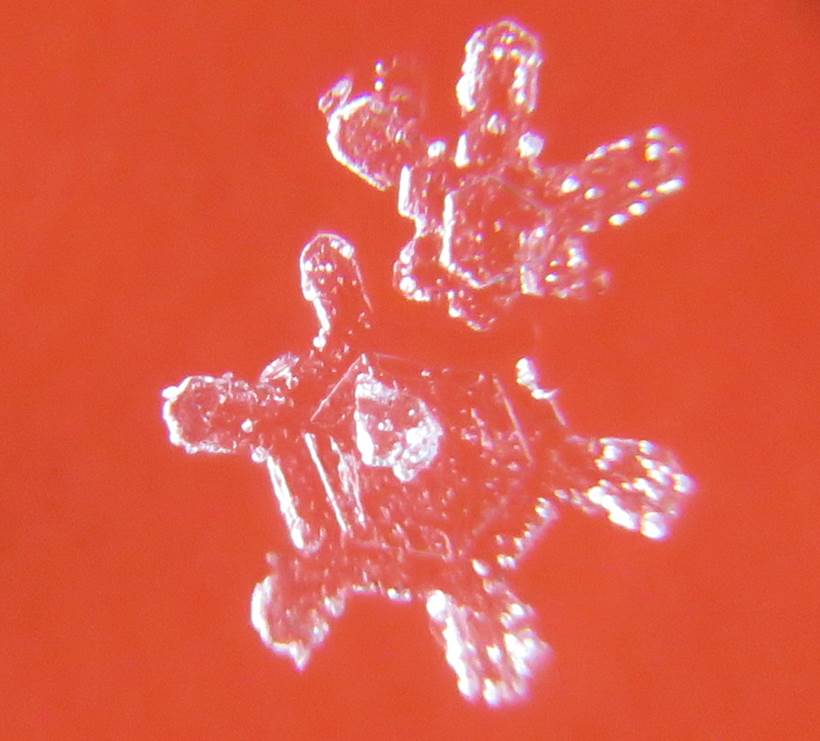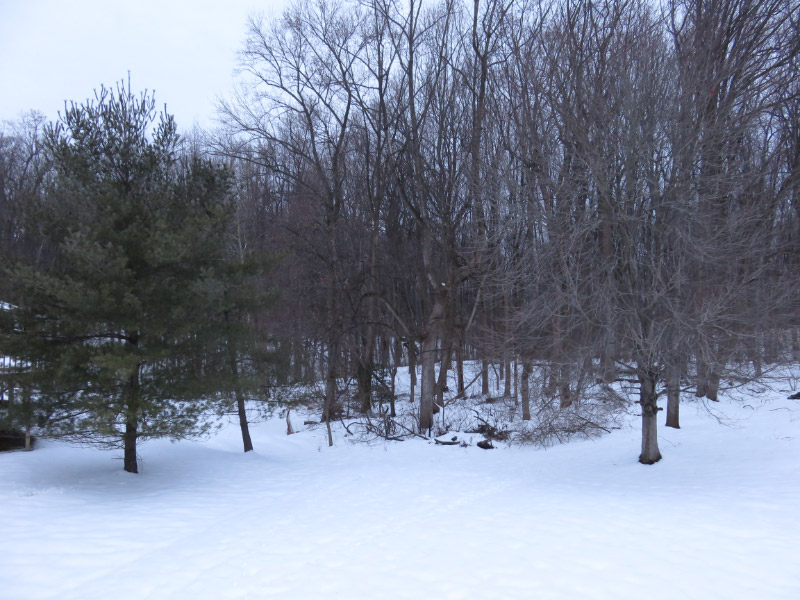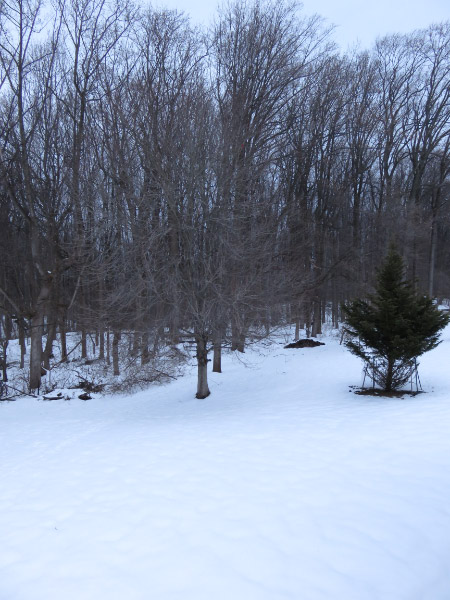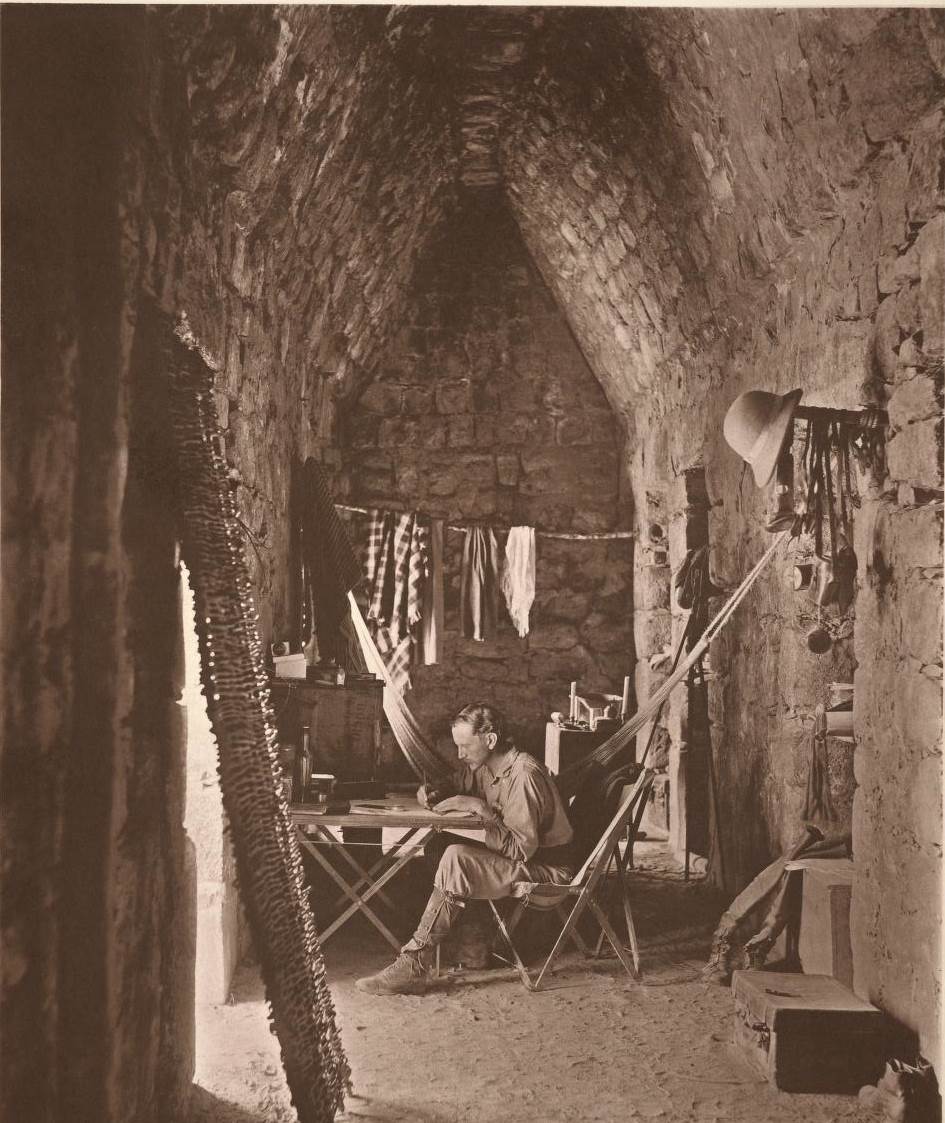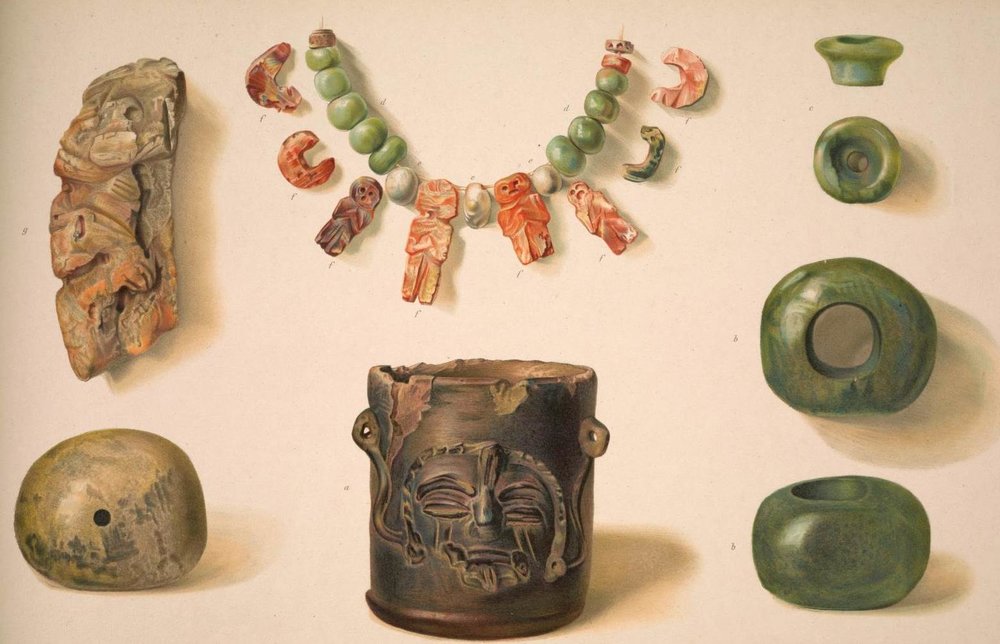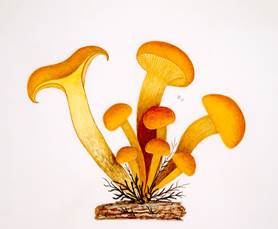Last Wednesday was the fifth of eight days of training to become a Master Naturalist in Maryland. The snow that held on for the first 4 weeks was totally melted but the wind was still bitterly cold. I took some pictures of the turtle in the nature center next to our class room rather than walking around outside for my ‘before class’ photography session.
The topics for this week were taxonomy and ecology. One of the exercises in the taxonomy session was to create a dichotomous key for 5 things we collected outside. Our team decided quickly to do evergreens. One person found a branch from a white pine tree on the ground. I picked some leaves from a boxwood and a small spruce branch…we briskly walked over to pick some holly leaves and a blue spruce. And then we were back inside making the key. It was easy to create the binary questions for the key: needles or leaves, smooth leaf margins or spines on margins, long needles or short, bluish needles or green needles. Before we put the pine branch back outside (it was sticky with sap), I took some pictures of the immature cones.
One thing I realized as we were working with dichotomous keys is how computers have changed identification of organisms. We tend to do a search for whatever characteristic seems most distinctive and easily observed….and then use pictures to hone the identification quickly.
The ecology section was focused on stream ecology and we walked down to the nearest stream and did some collecting and water testing. The immediate area where we worked is state park and conservation easements.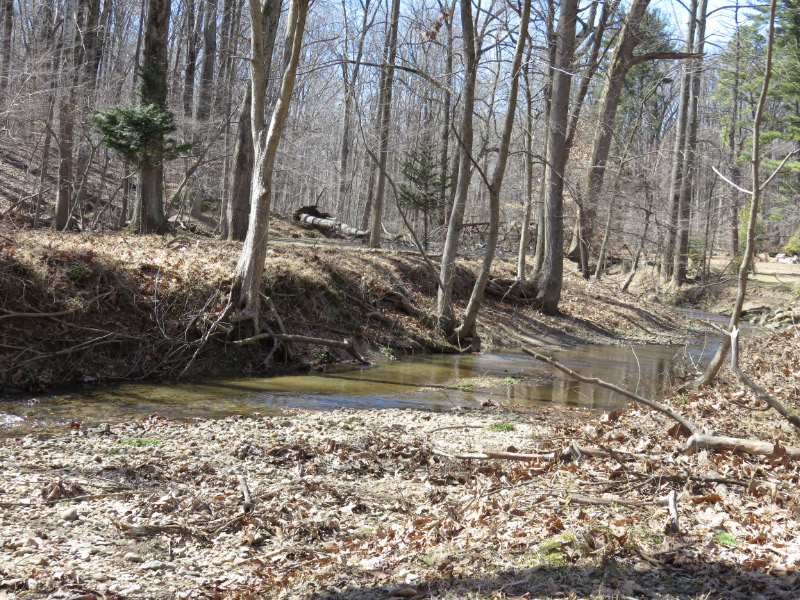
This is the time of year to find insect larvae in the water (hatched from eggs laid last summer). We pulled apart leaf packs that had been decomposing in the water and use D nets to catch organisms stirred up by turning over a rock and then stomping the stream bottom. And there was a lot to see. The dobsonfly larva was about 4 inches long!
A water strider was already moving around on the surface of the water.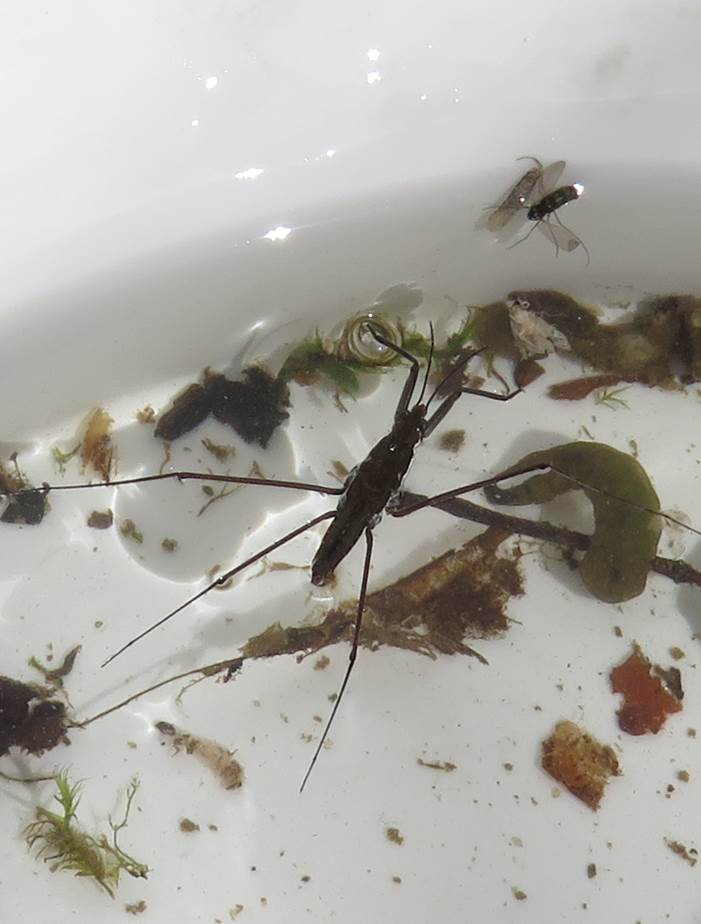
My contribution - after I borrowed some waterproof boots to wade into the water with a D net - was a small fish! It was a little smaller than the dobsonfly.
 As we started back, I took two pictures that were reminders of previous topics: bark of a persimmon (botany from week 3)
As we started back, I took two pictures that were reminders of previous topics: bark of a persimmon (botany from week 3)
and a deep red shelf fungus (fungus from week 4).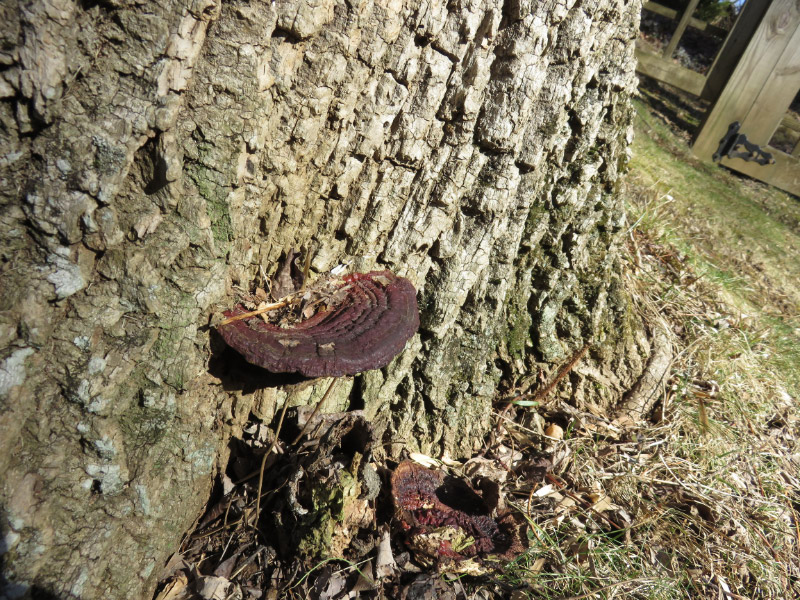
Further along the road, I took a picture of Belmont Manor in the late afternoon sun….a good ‘last picture’ for the day.

